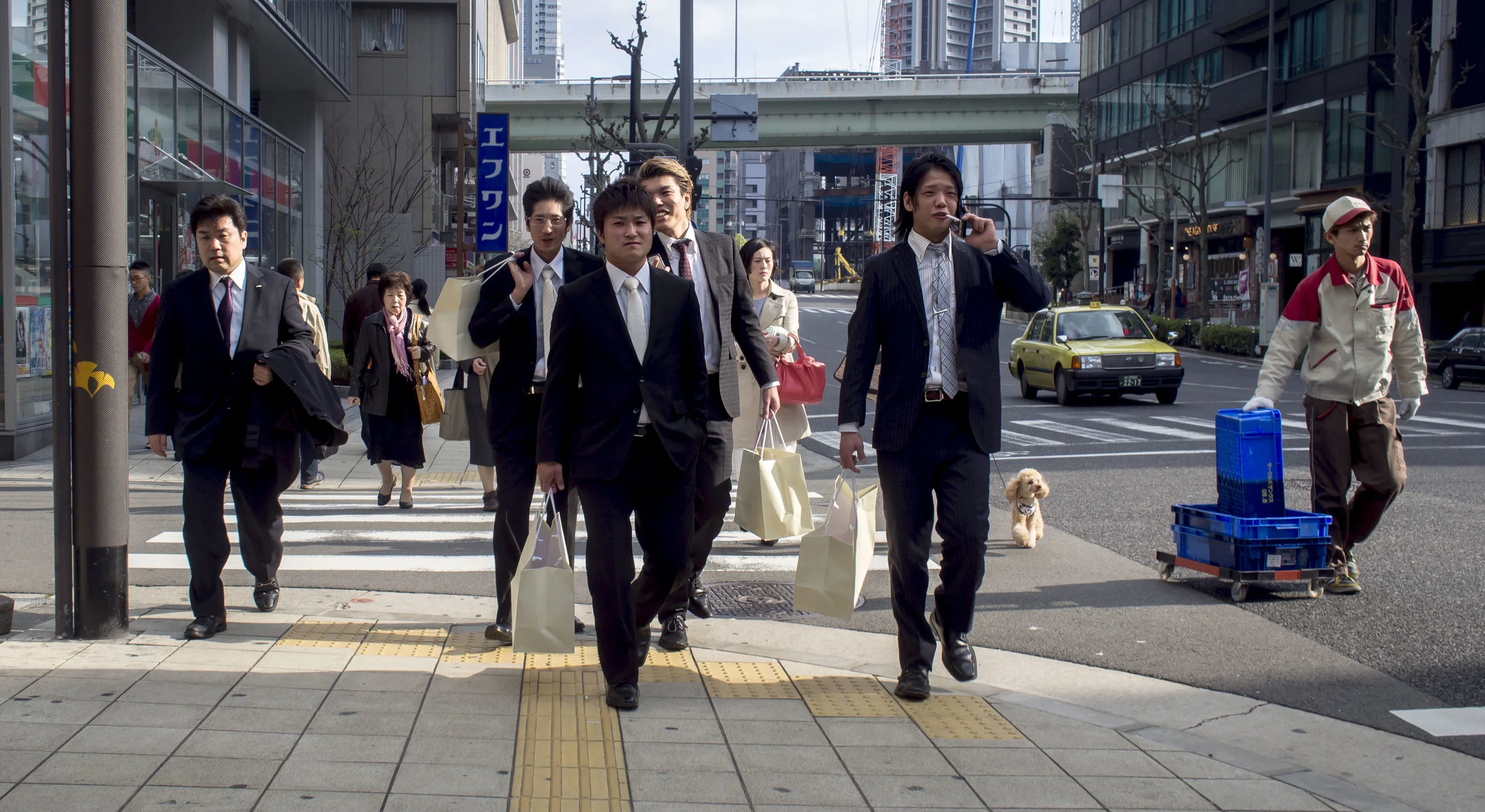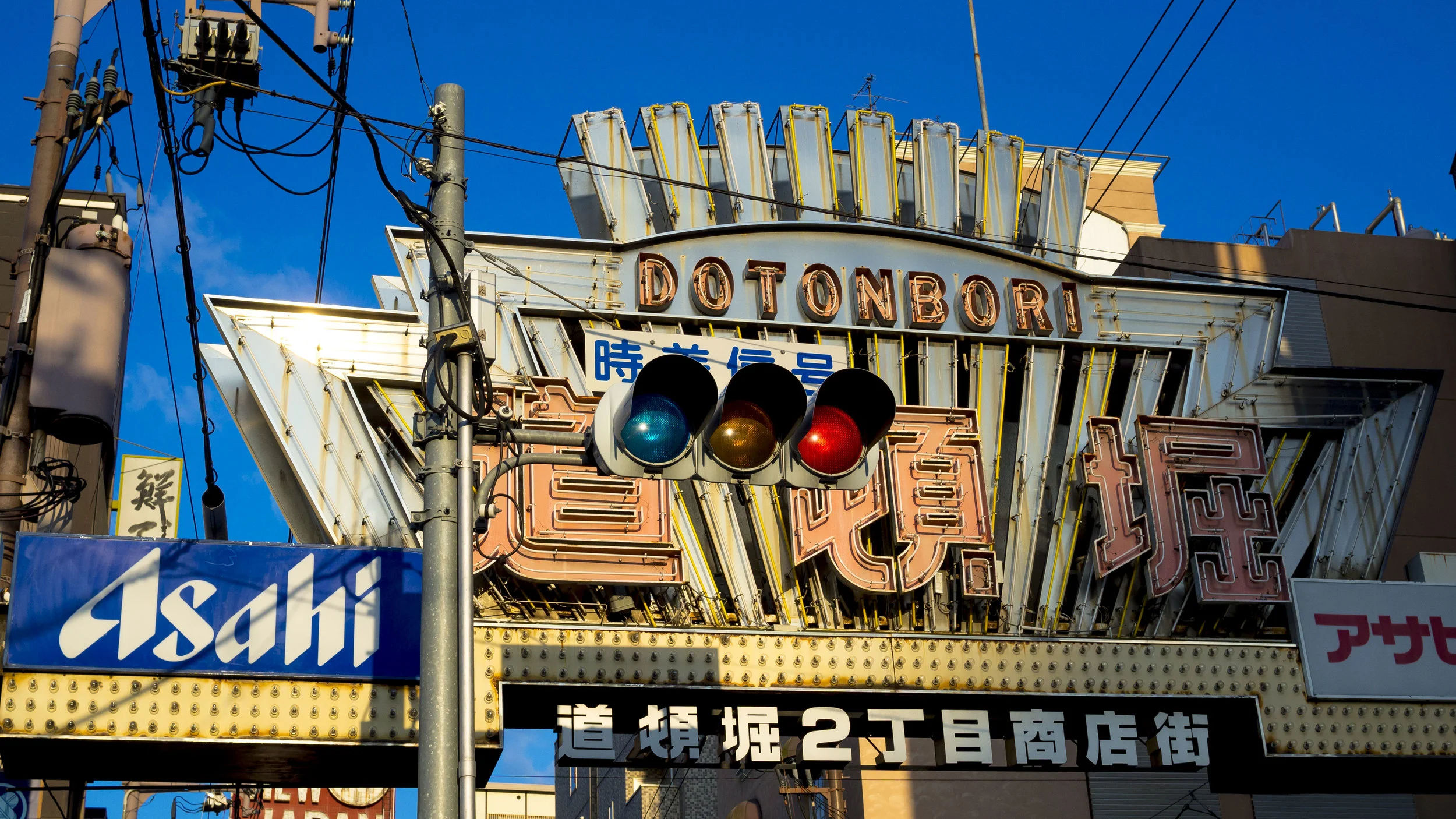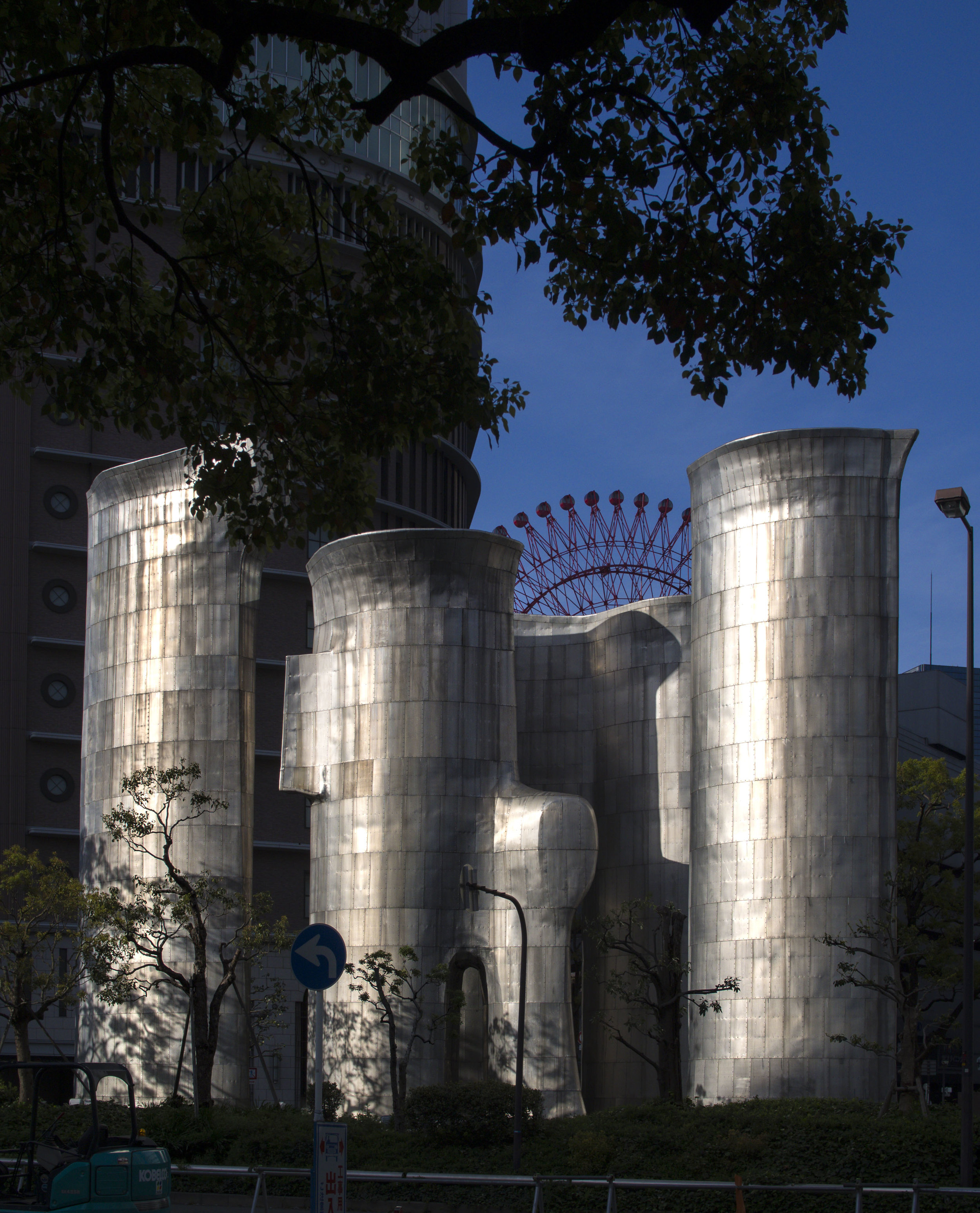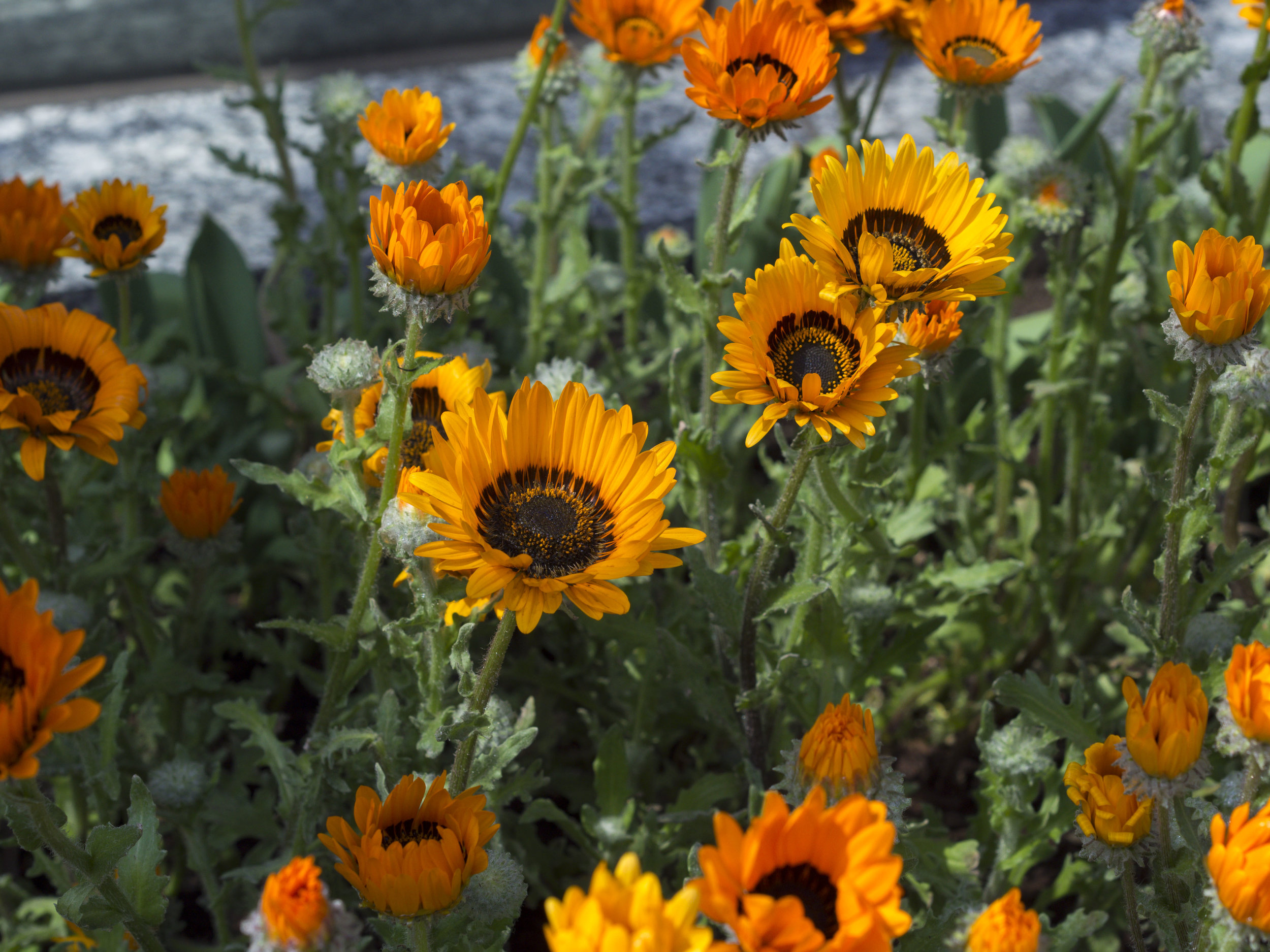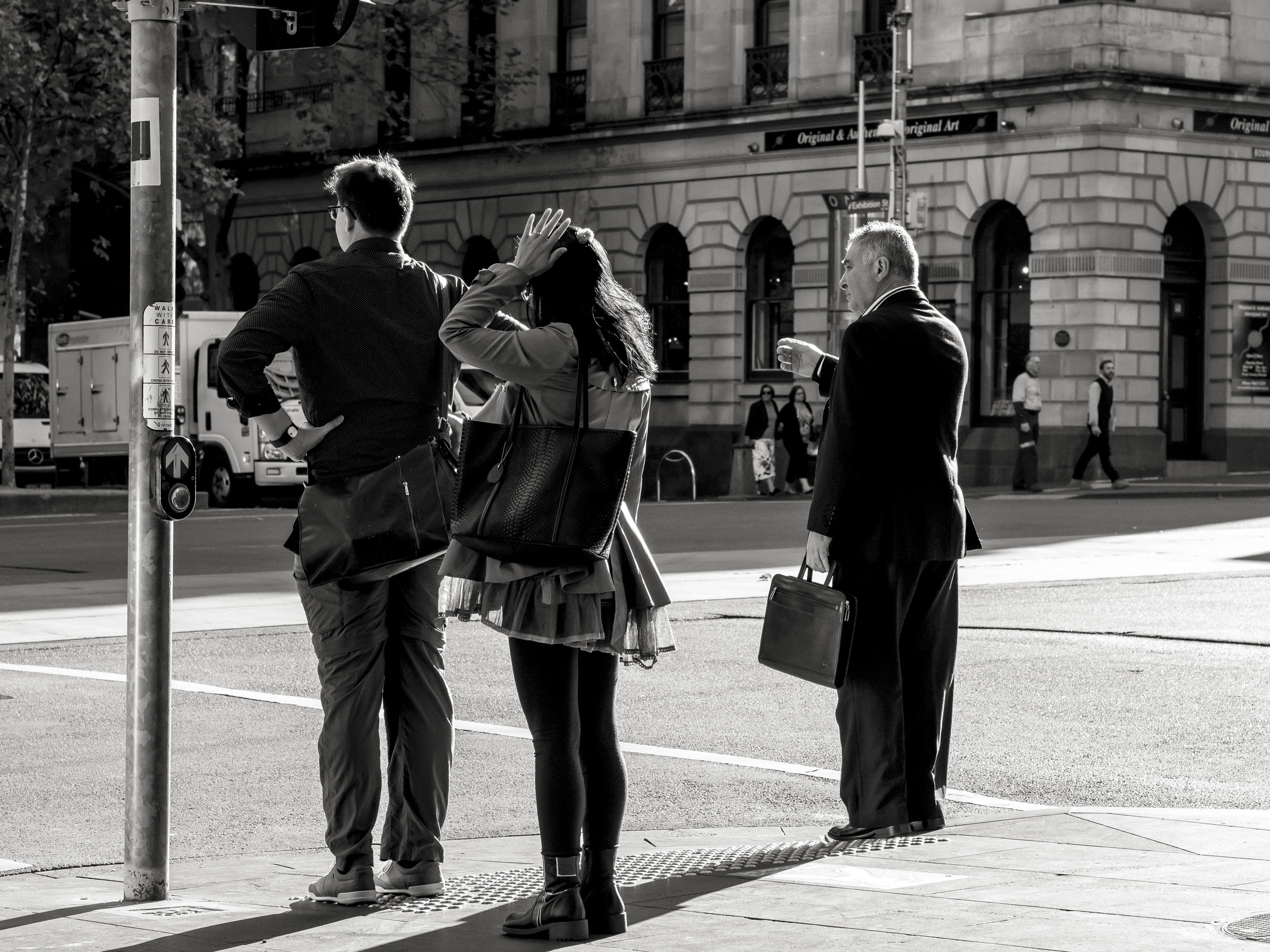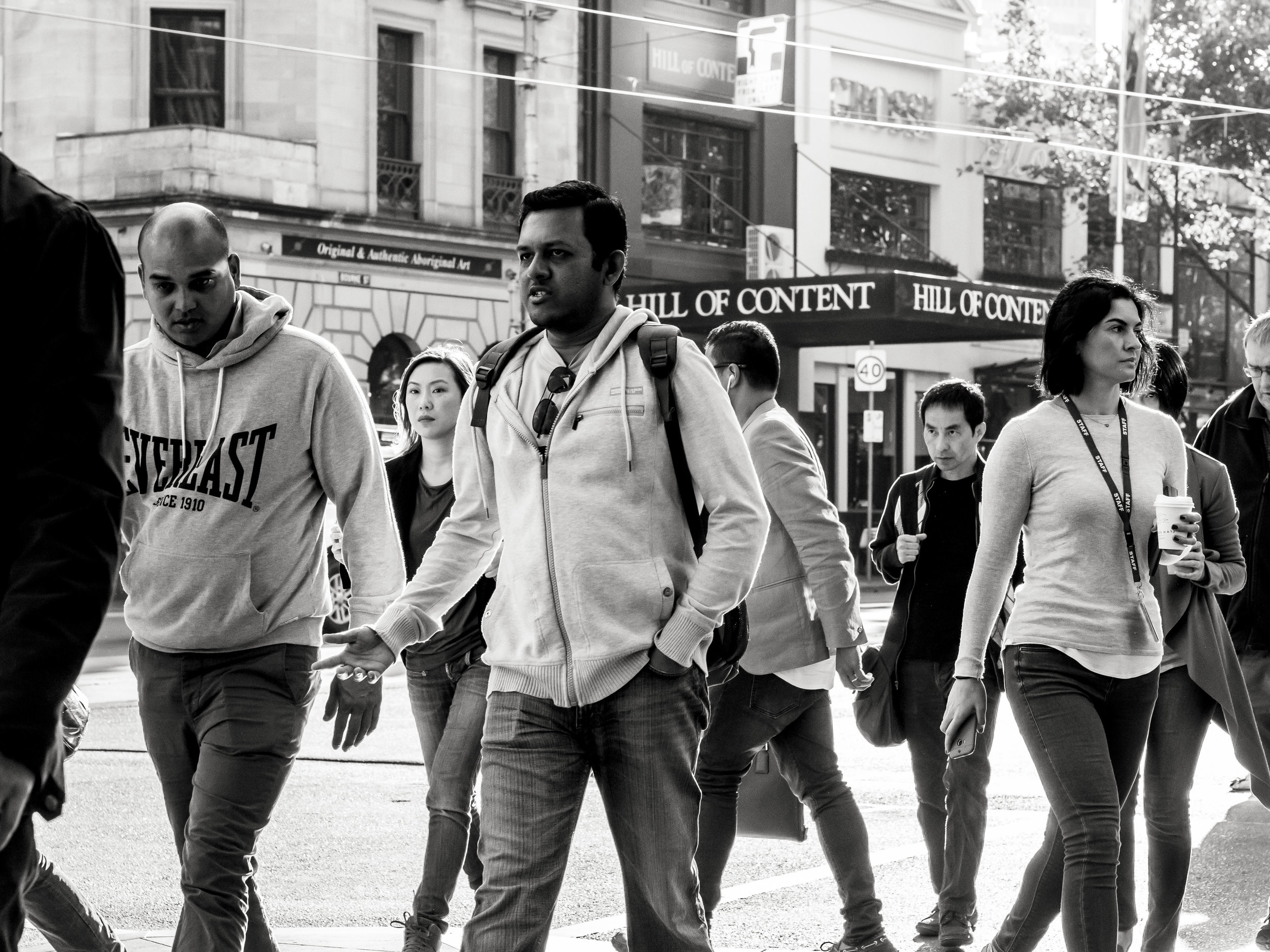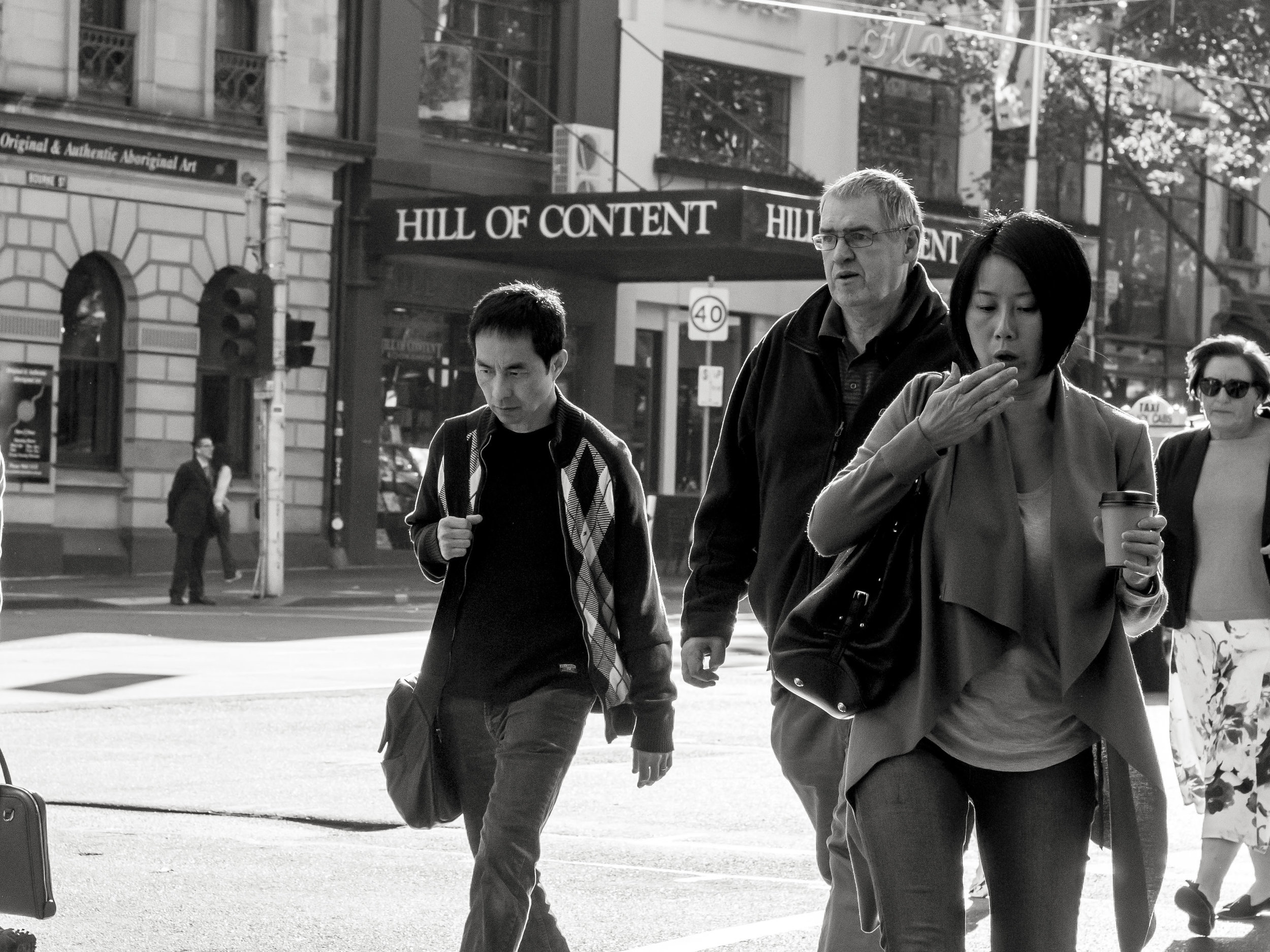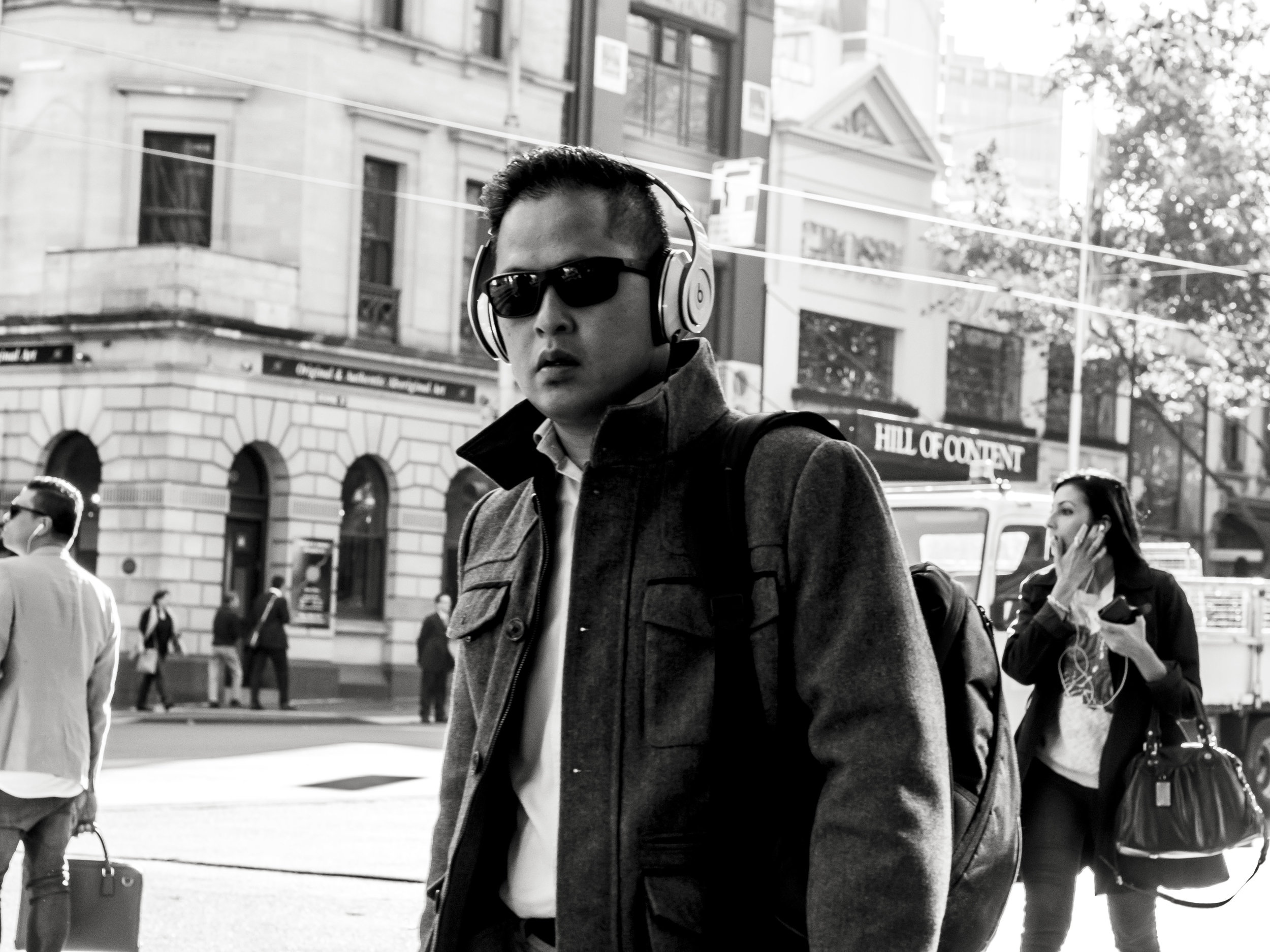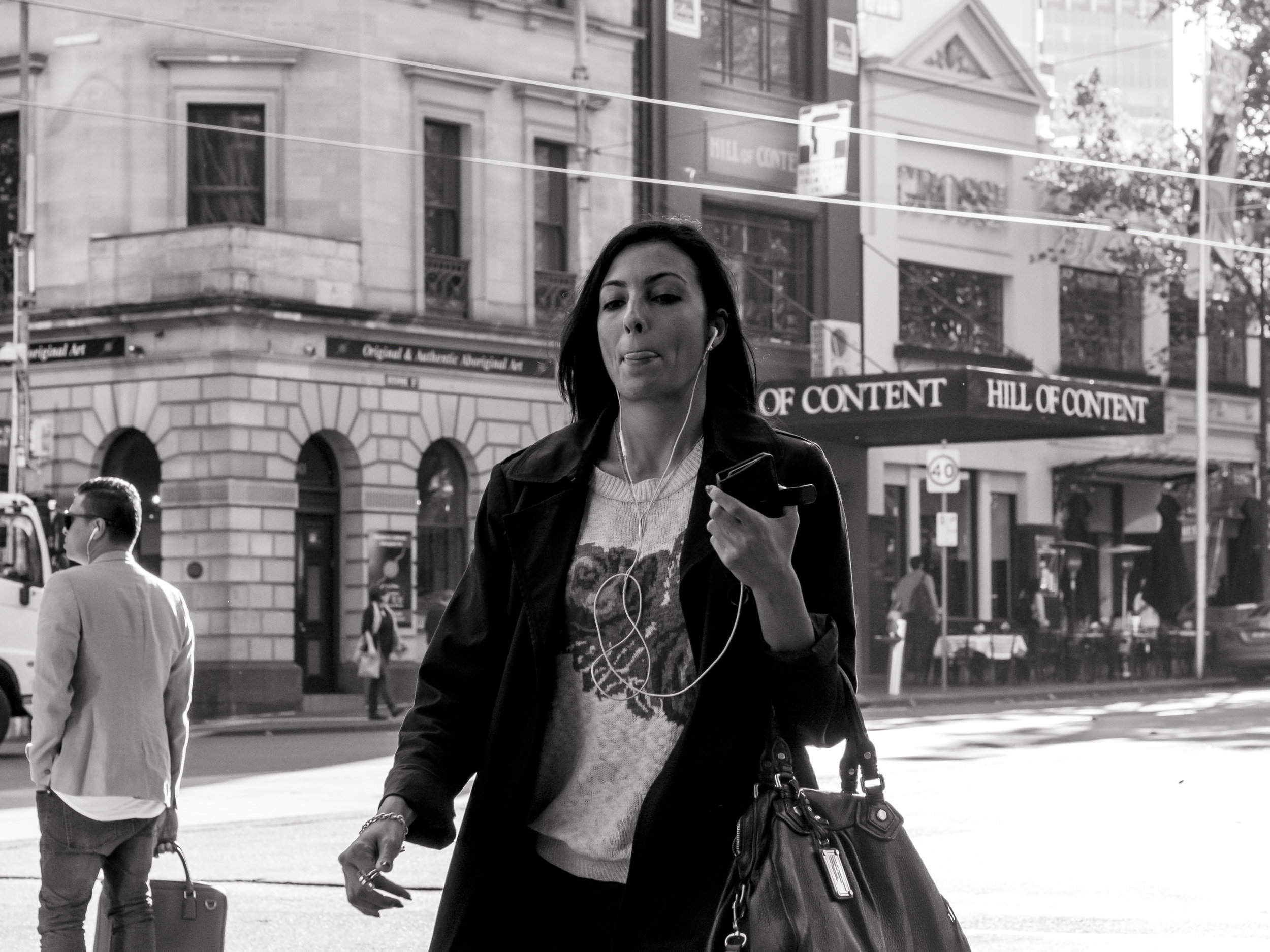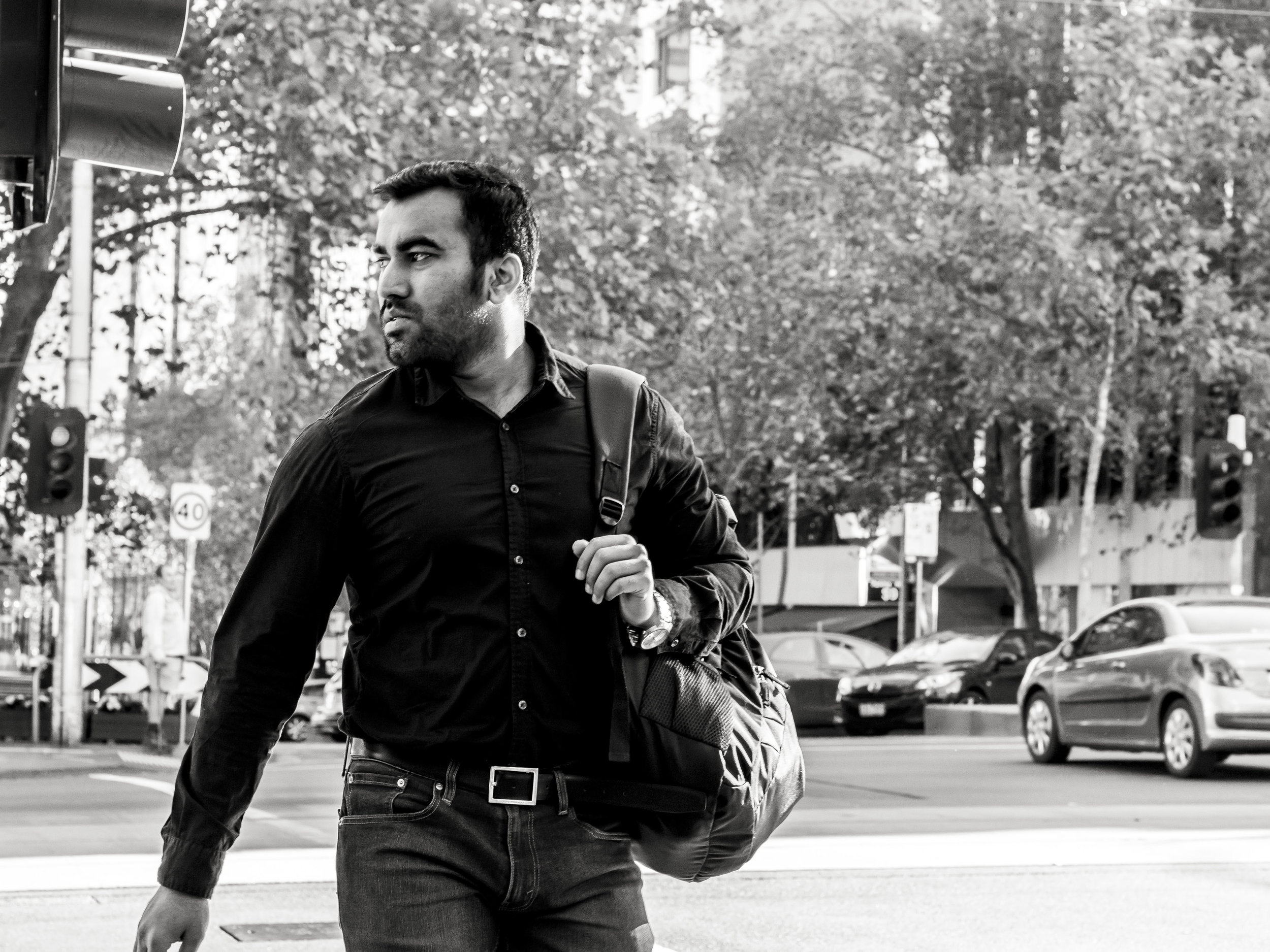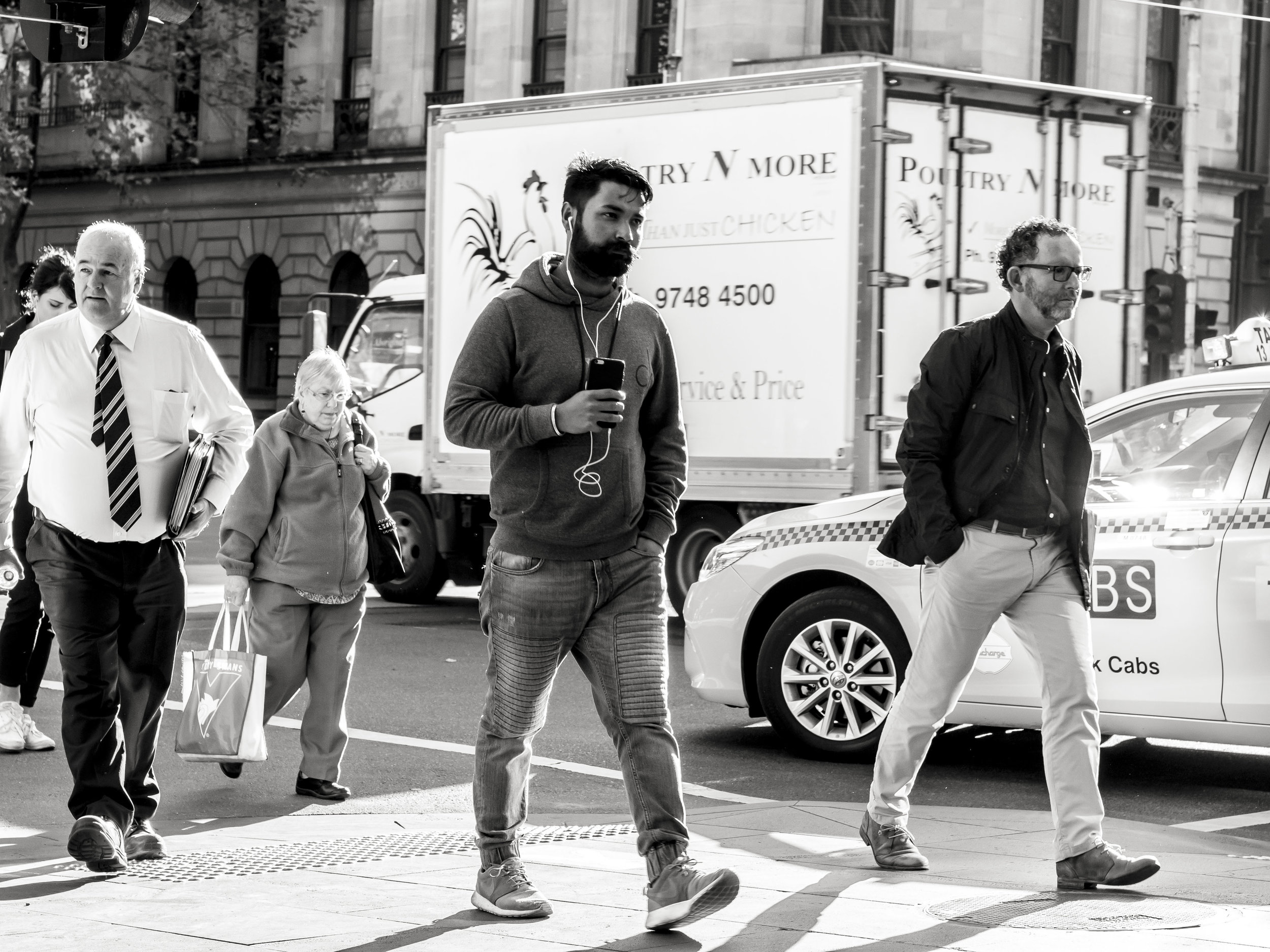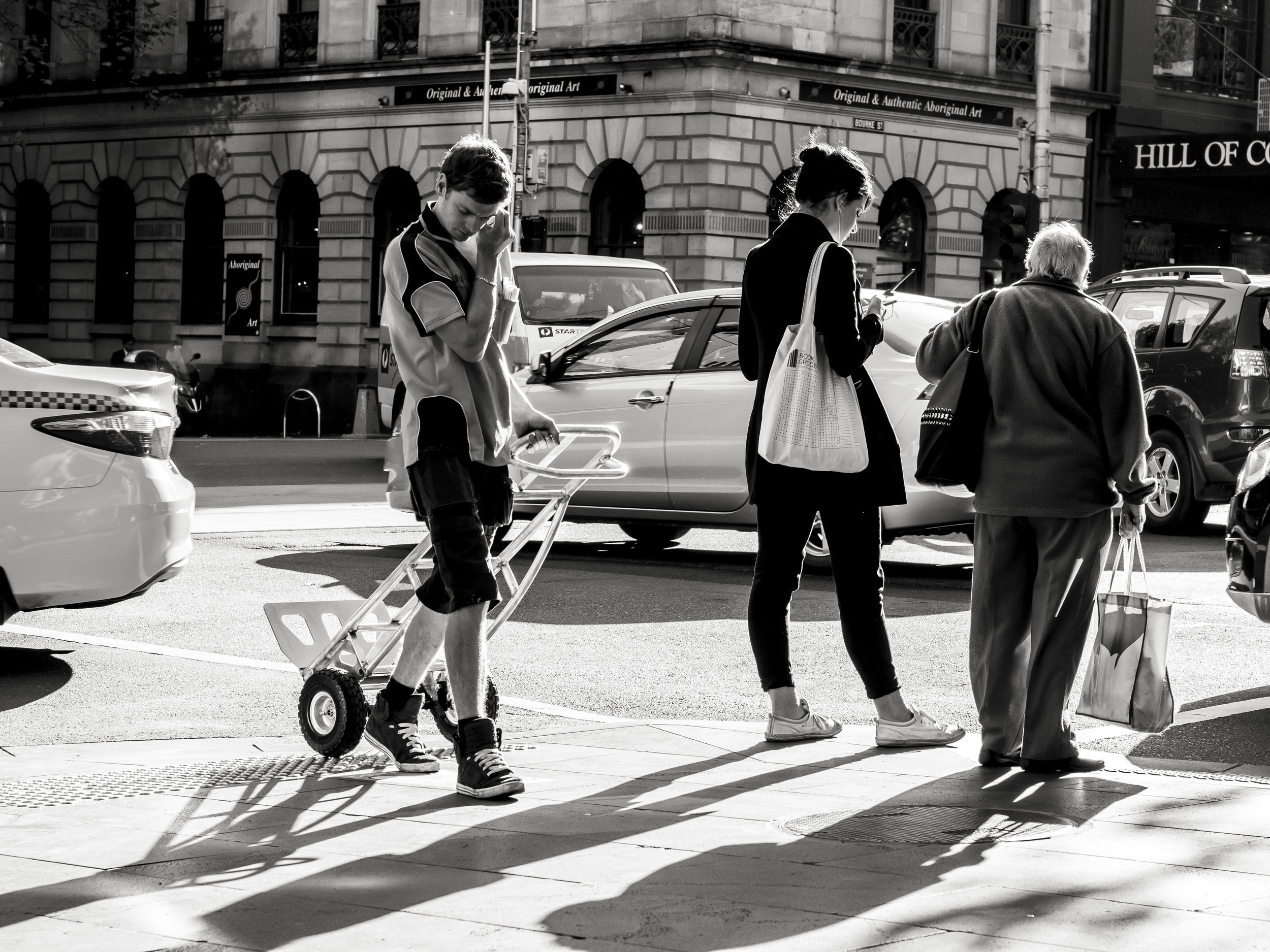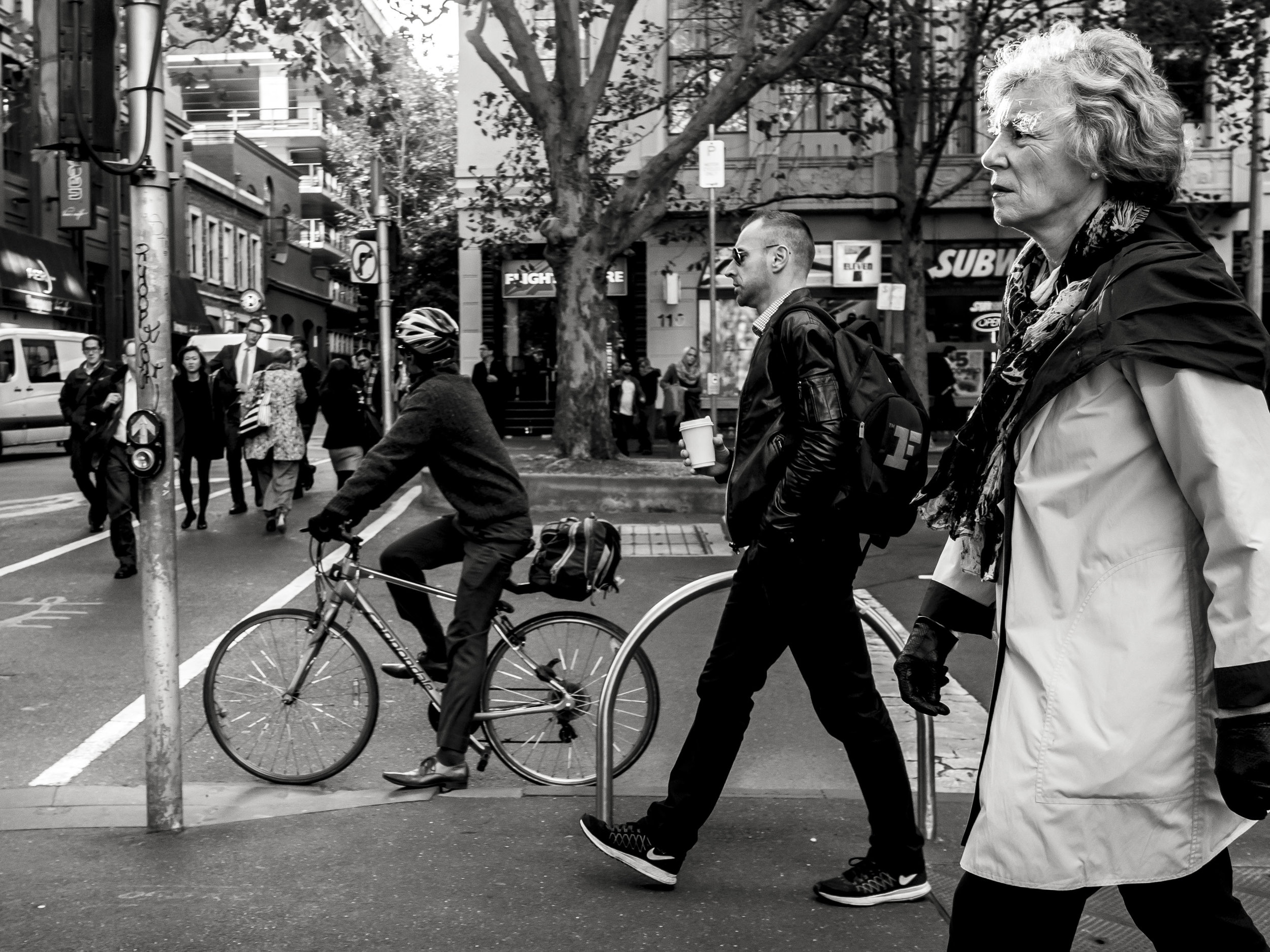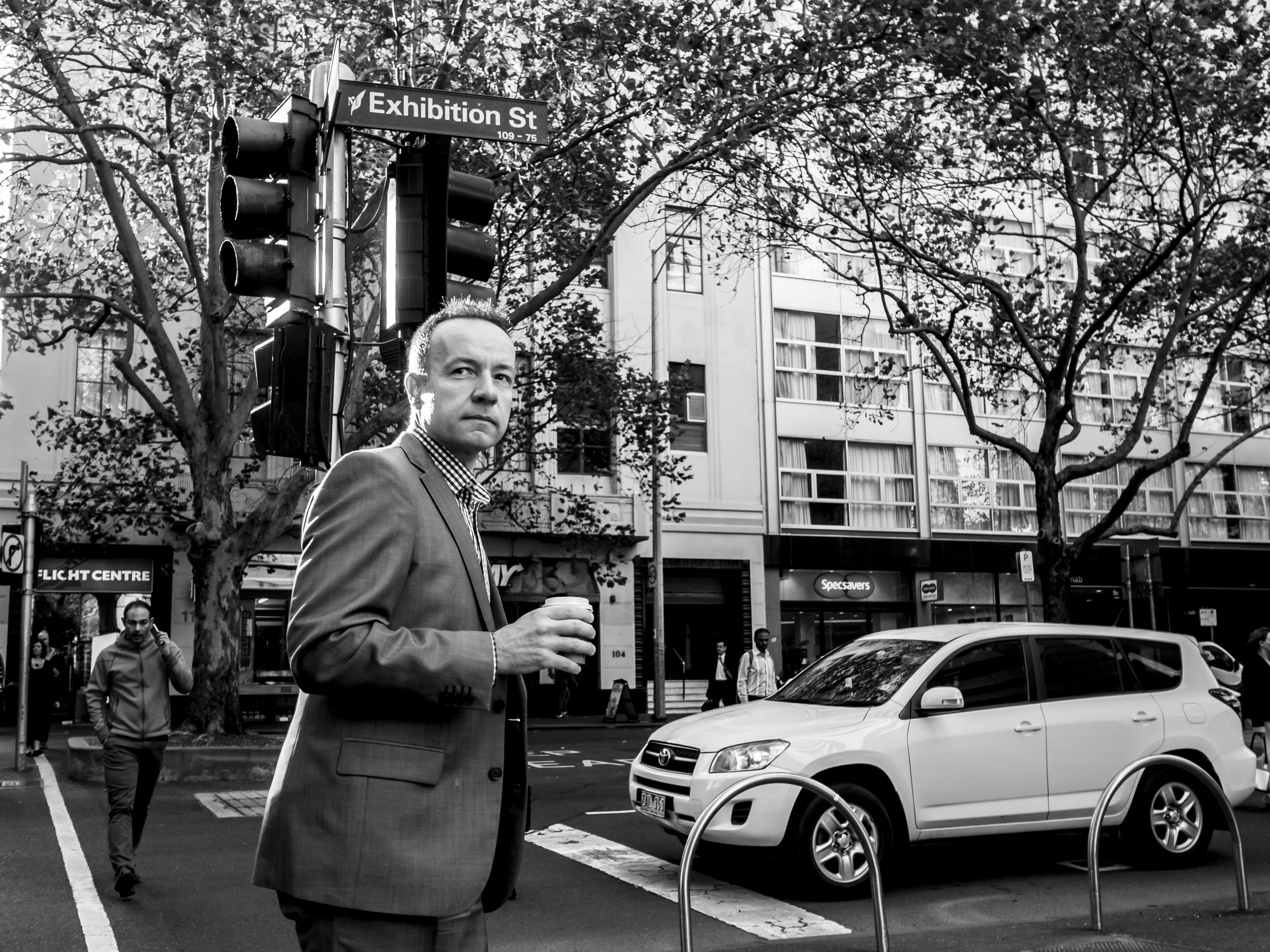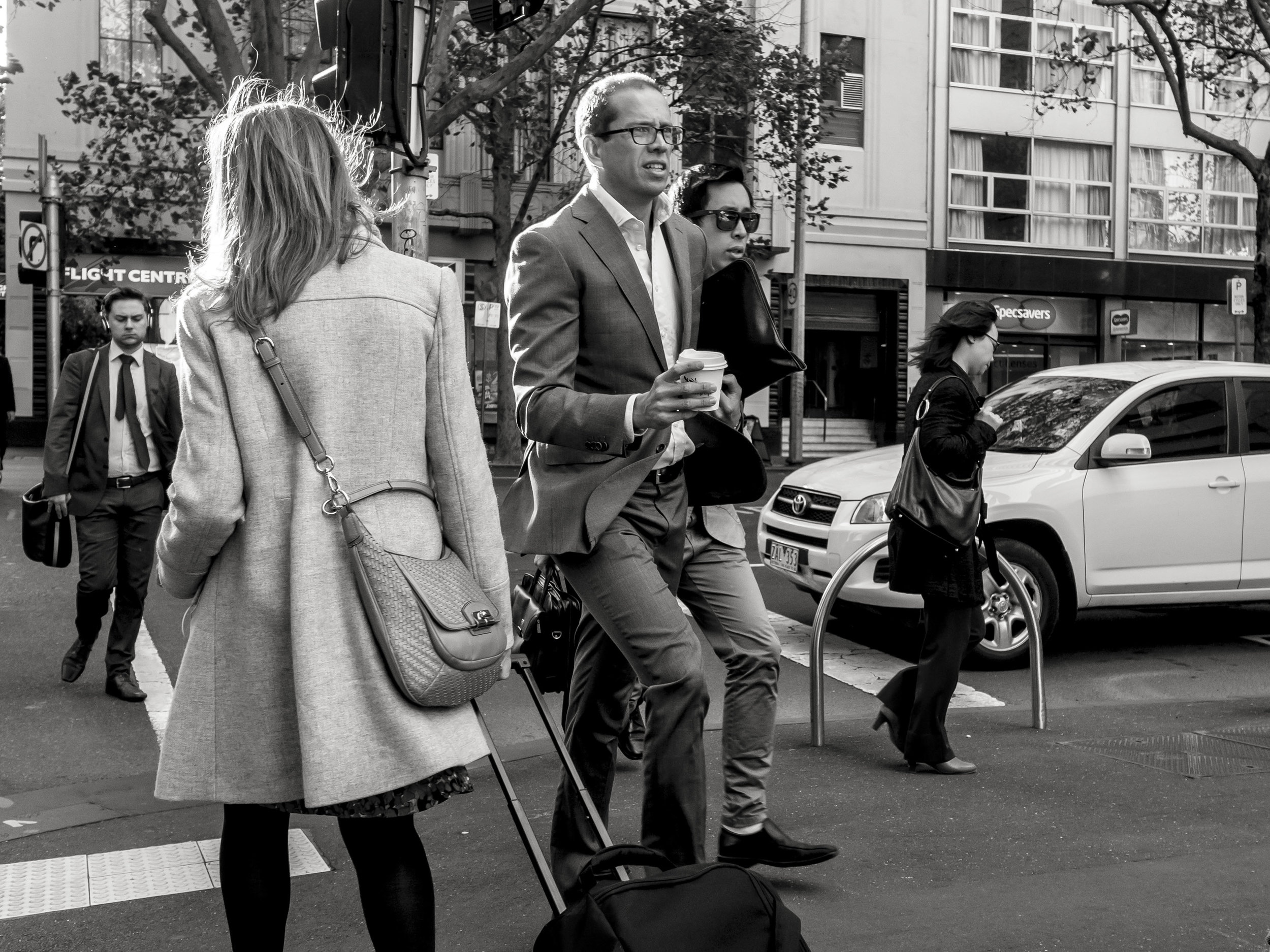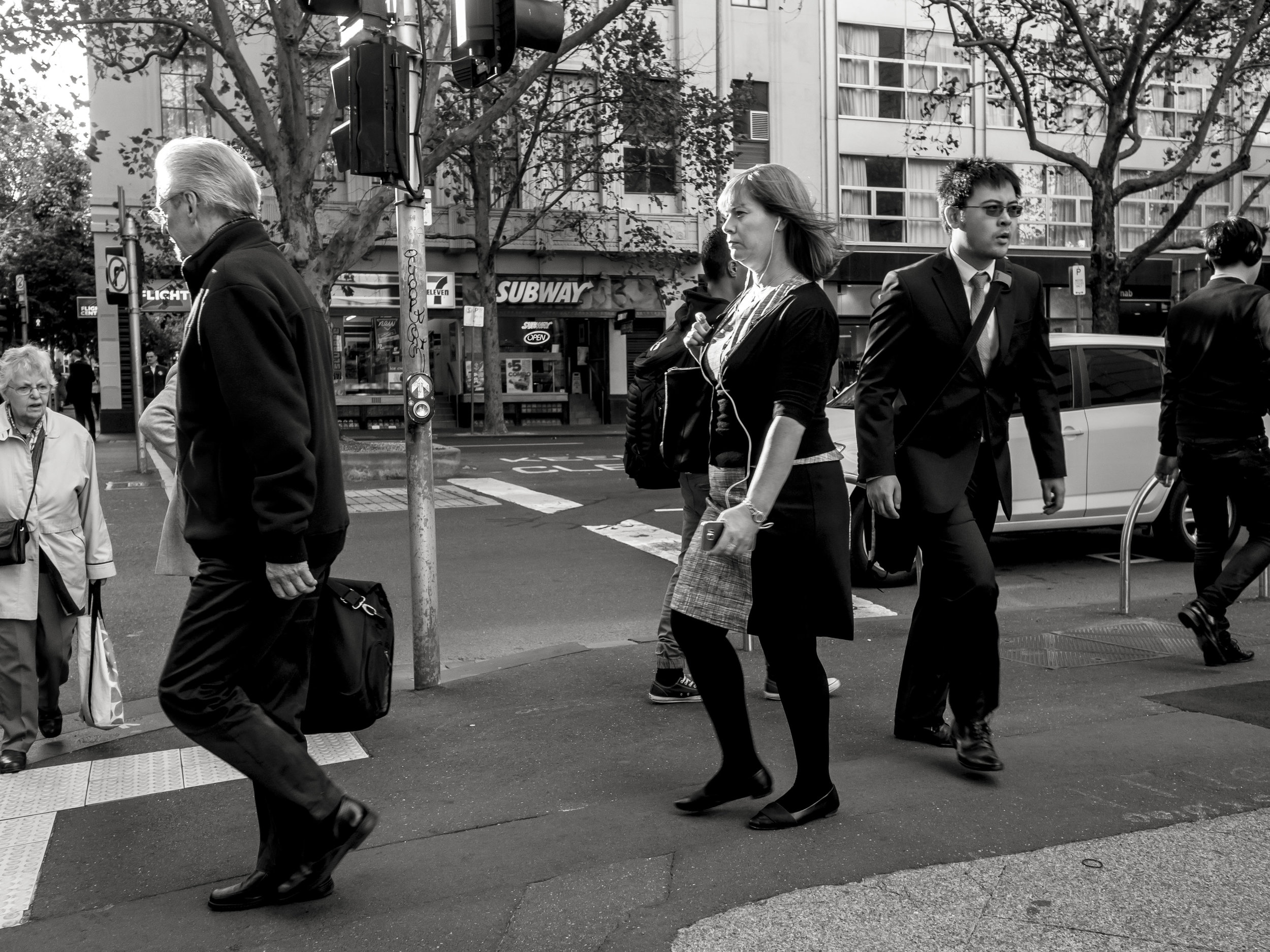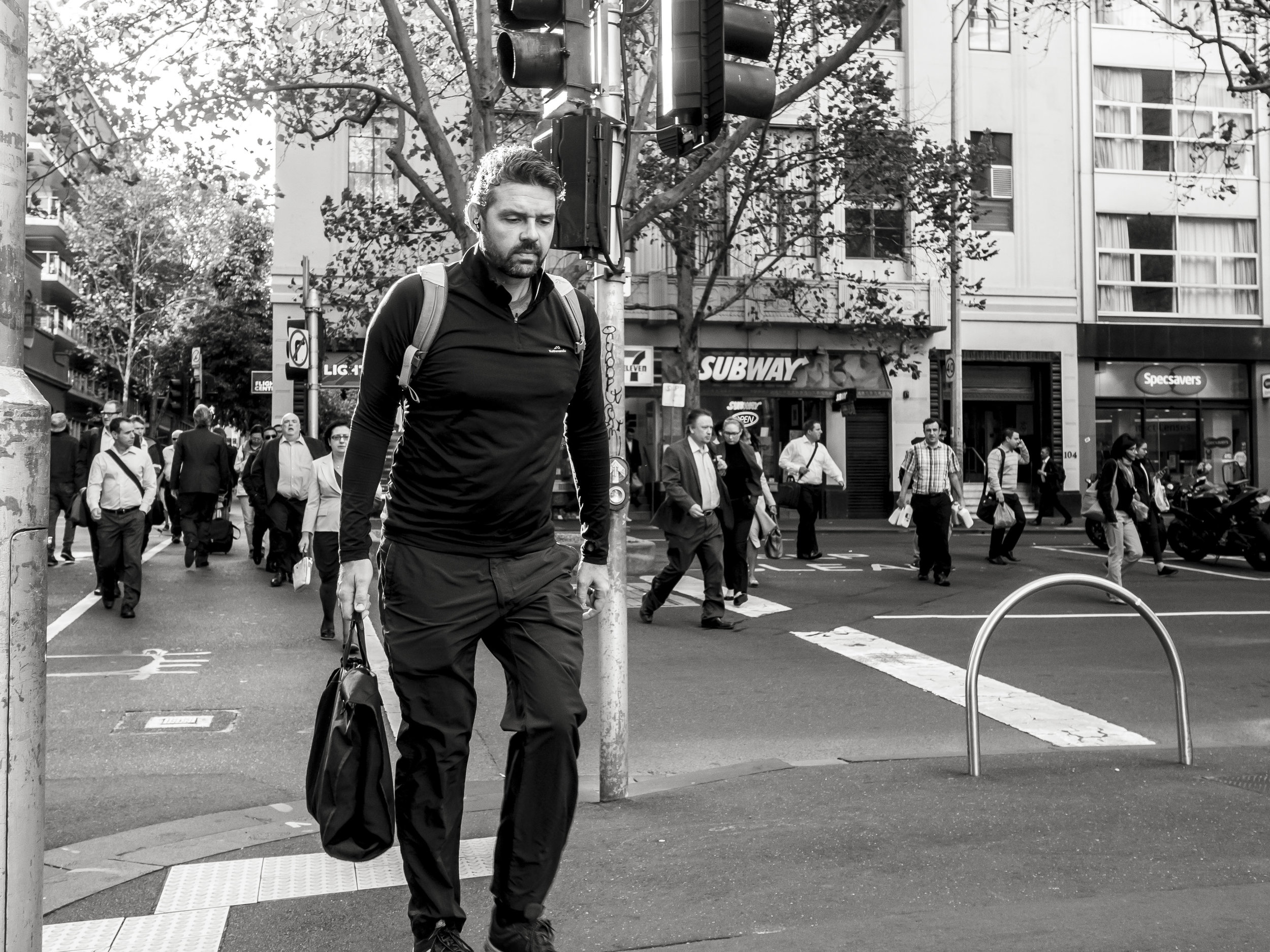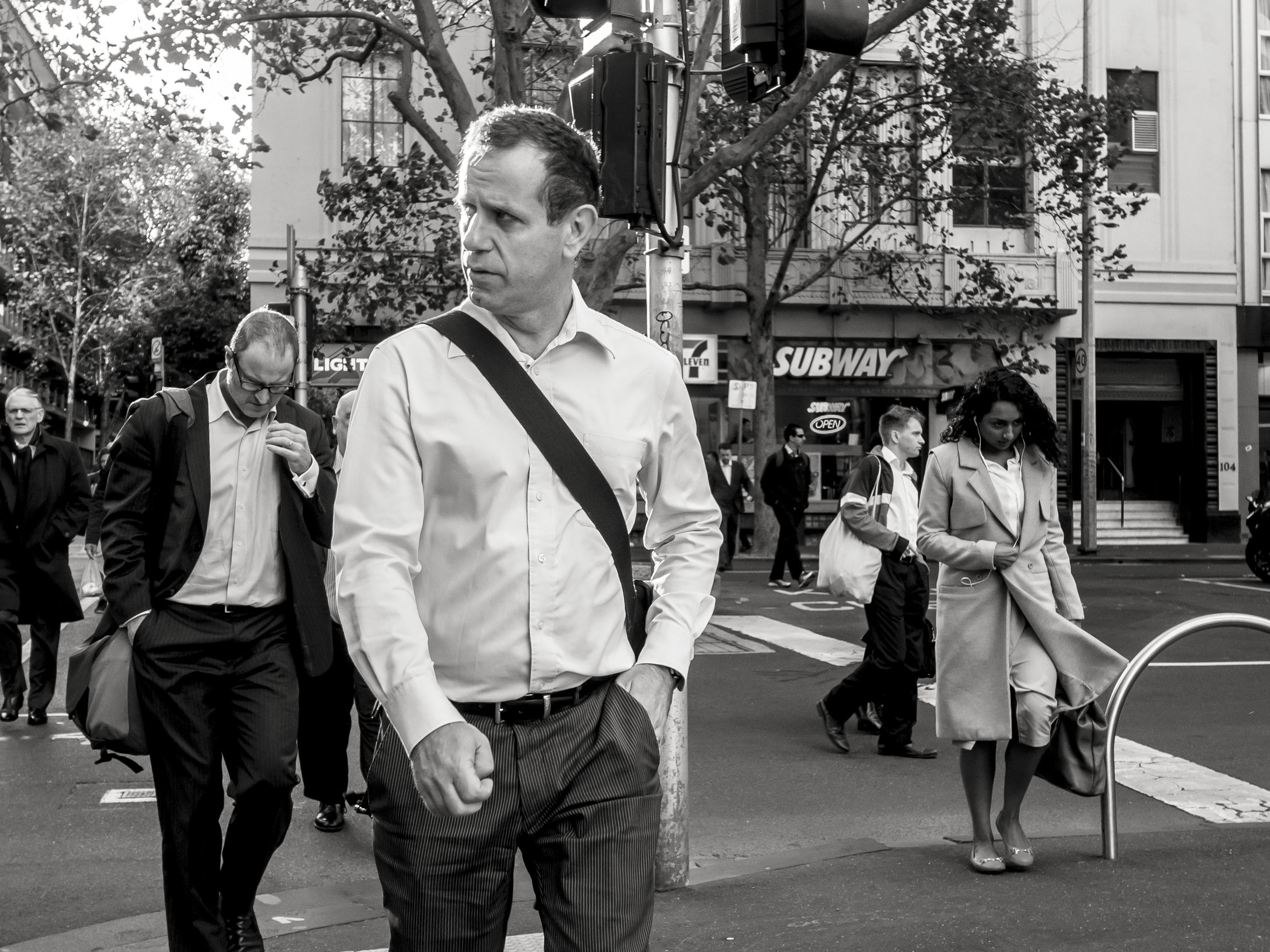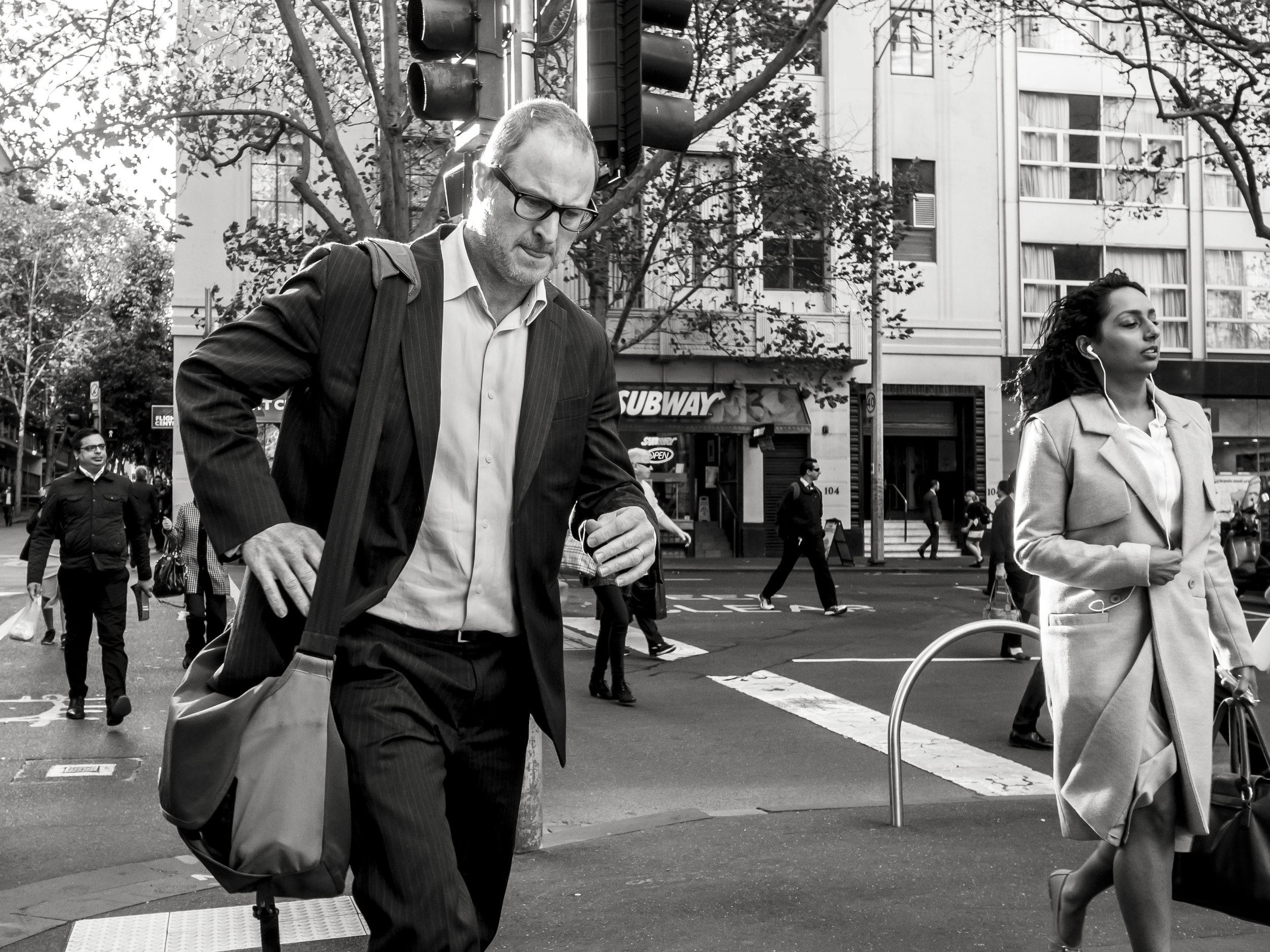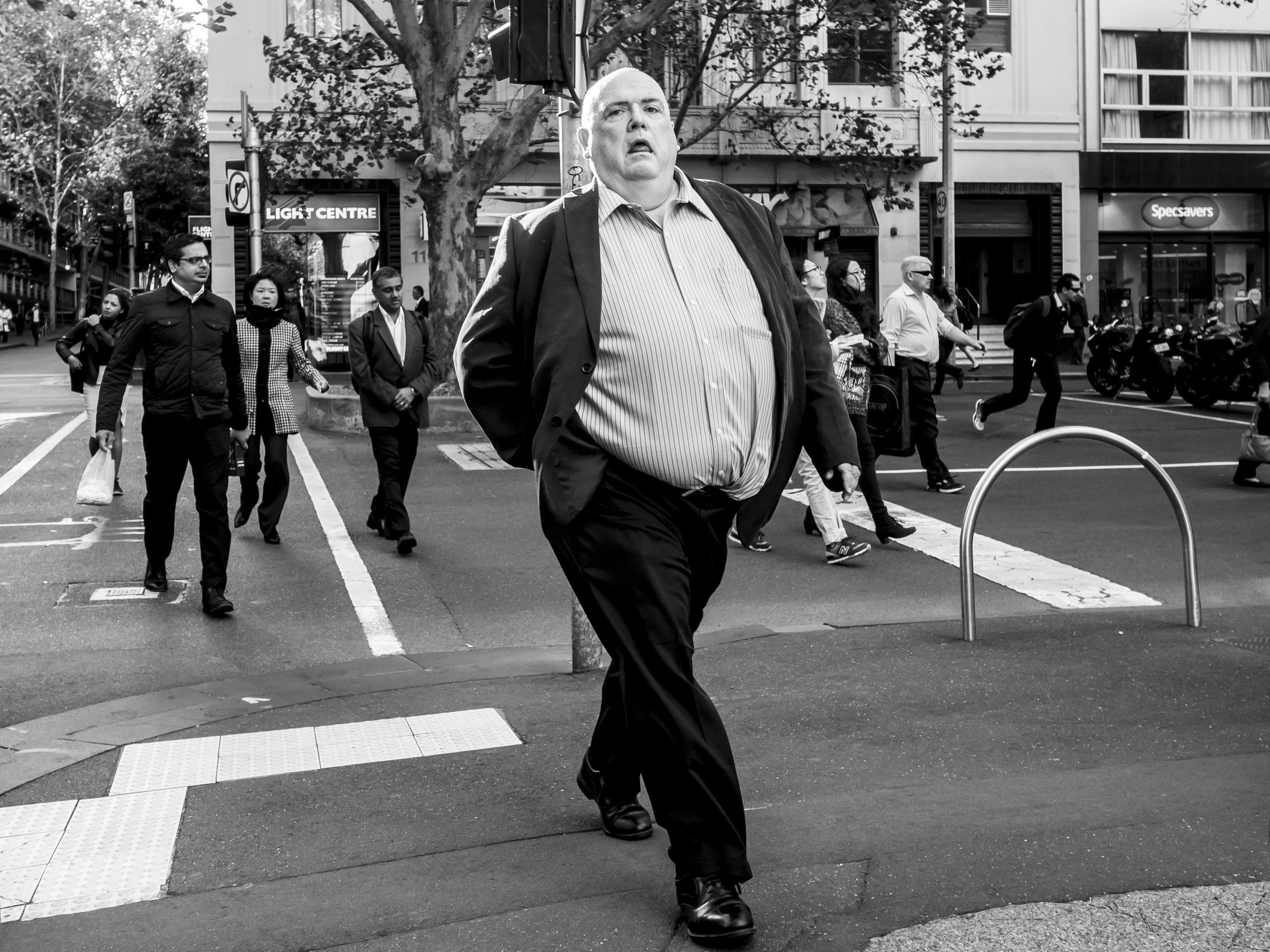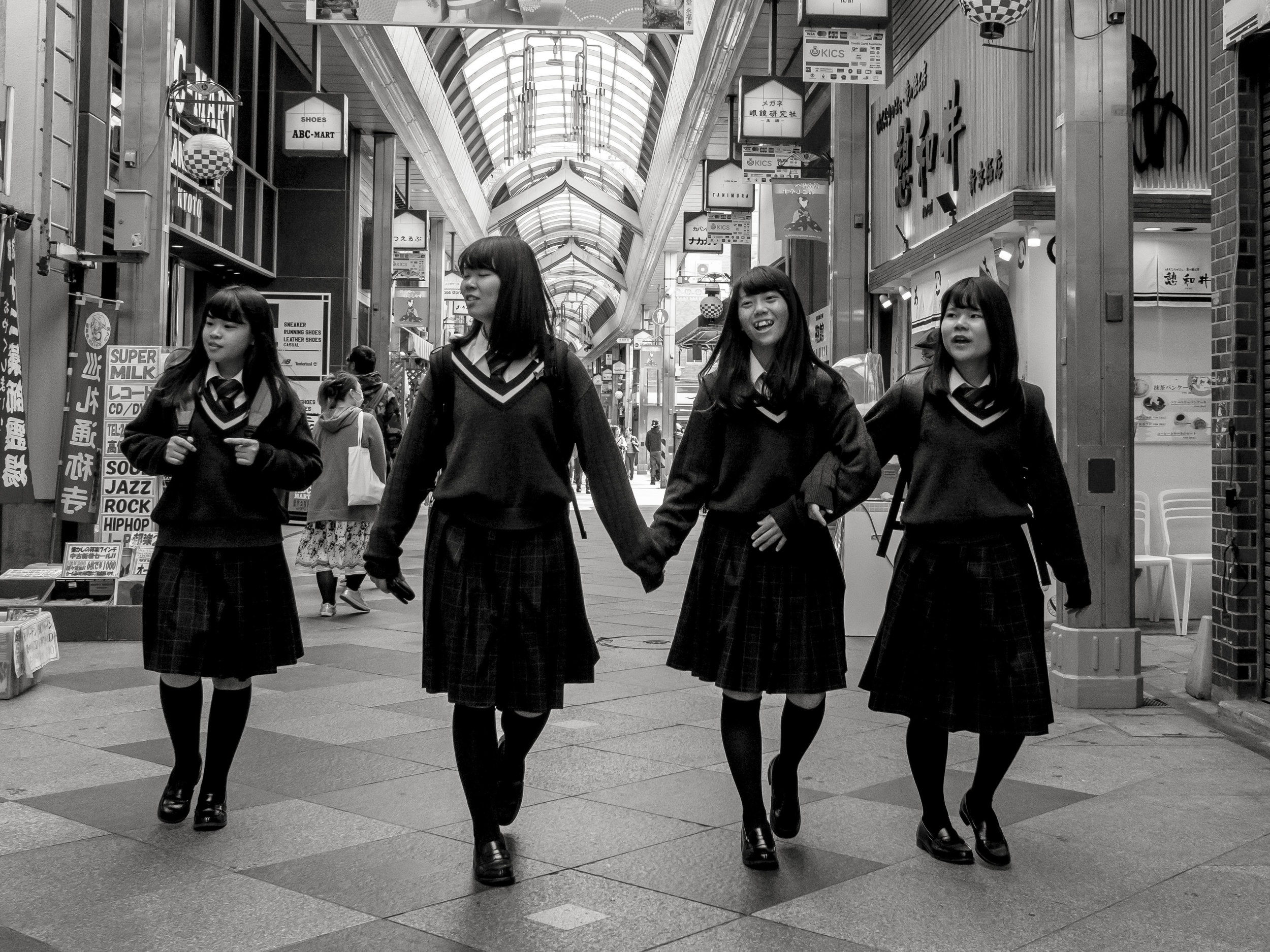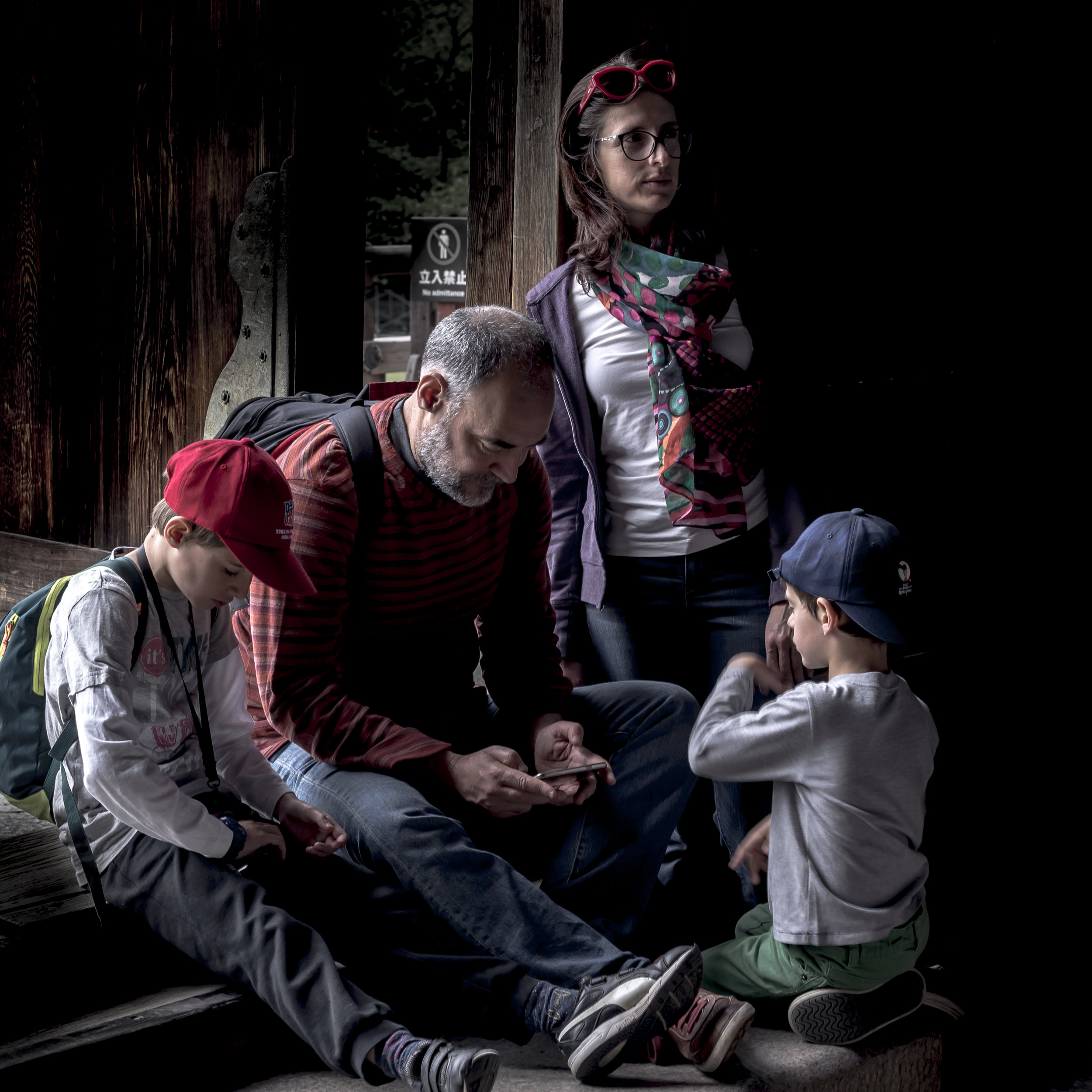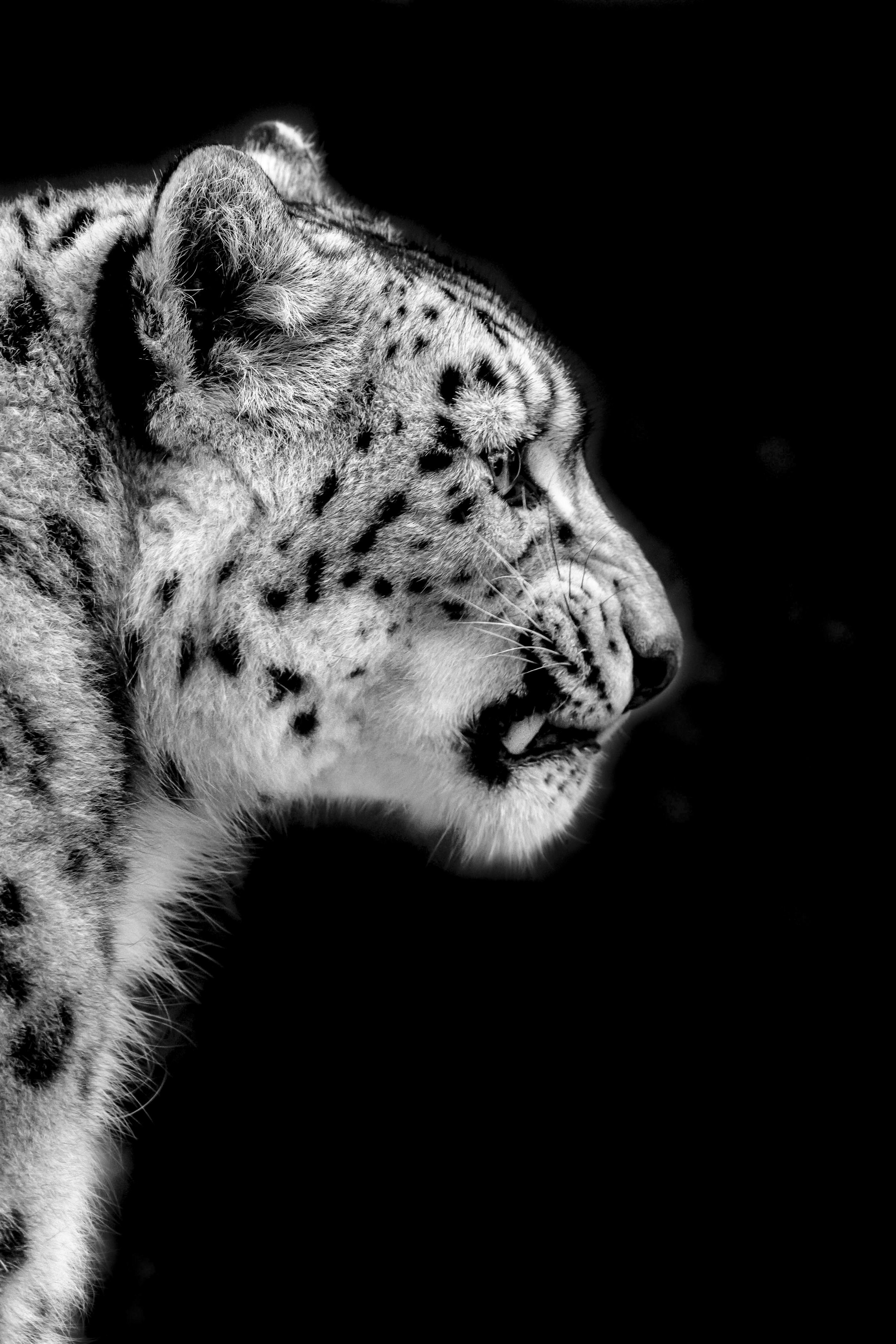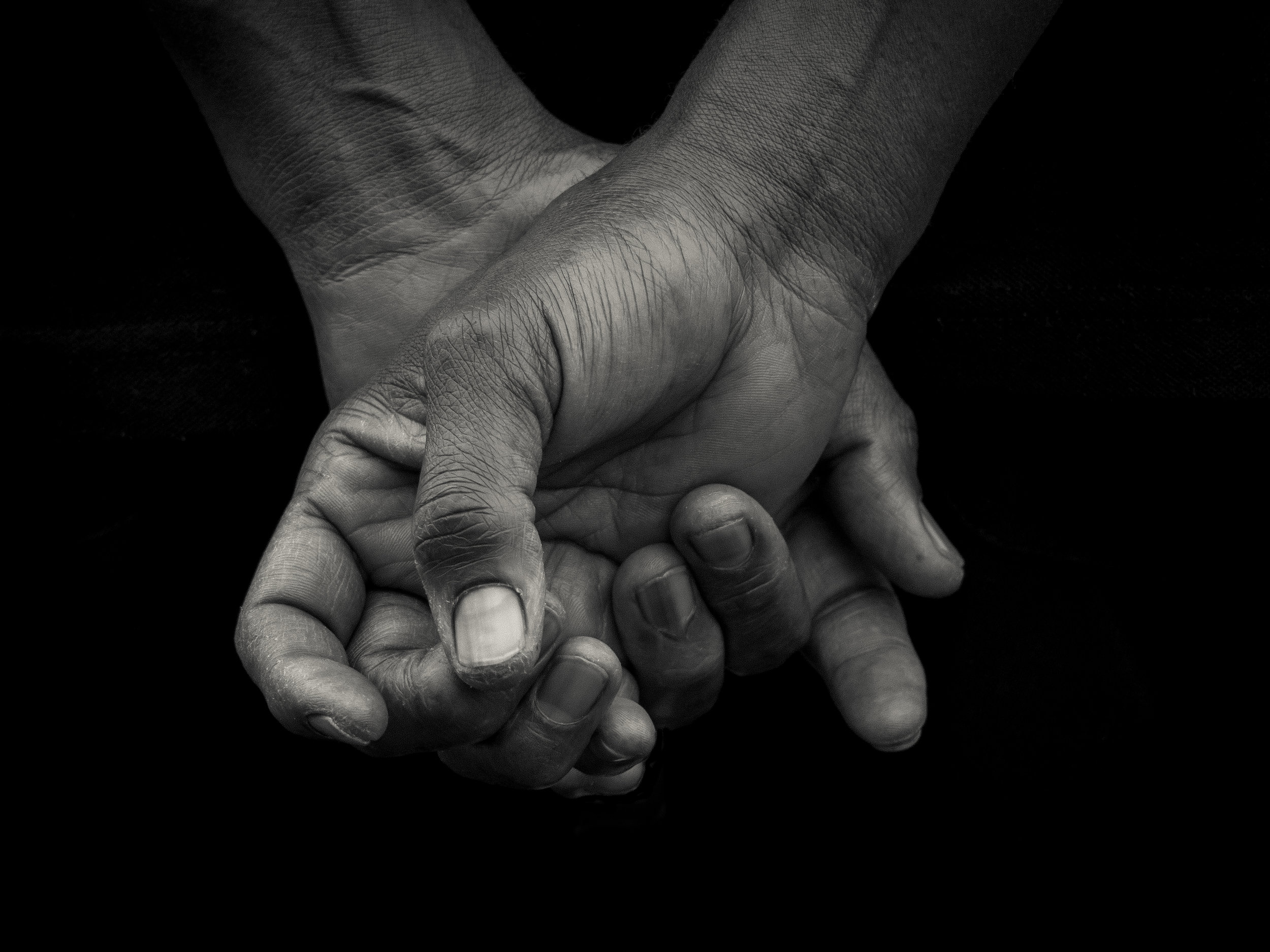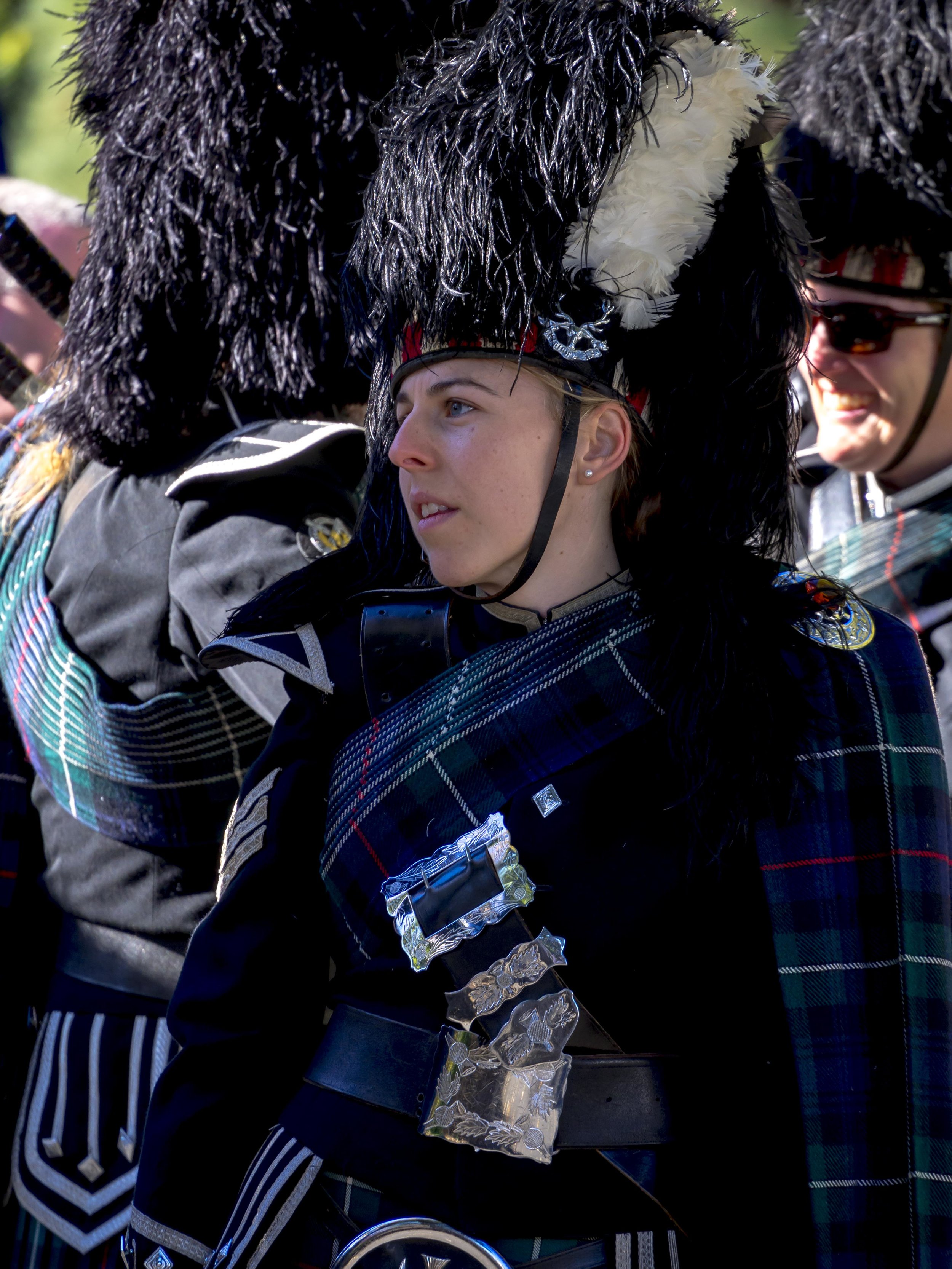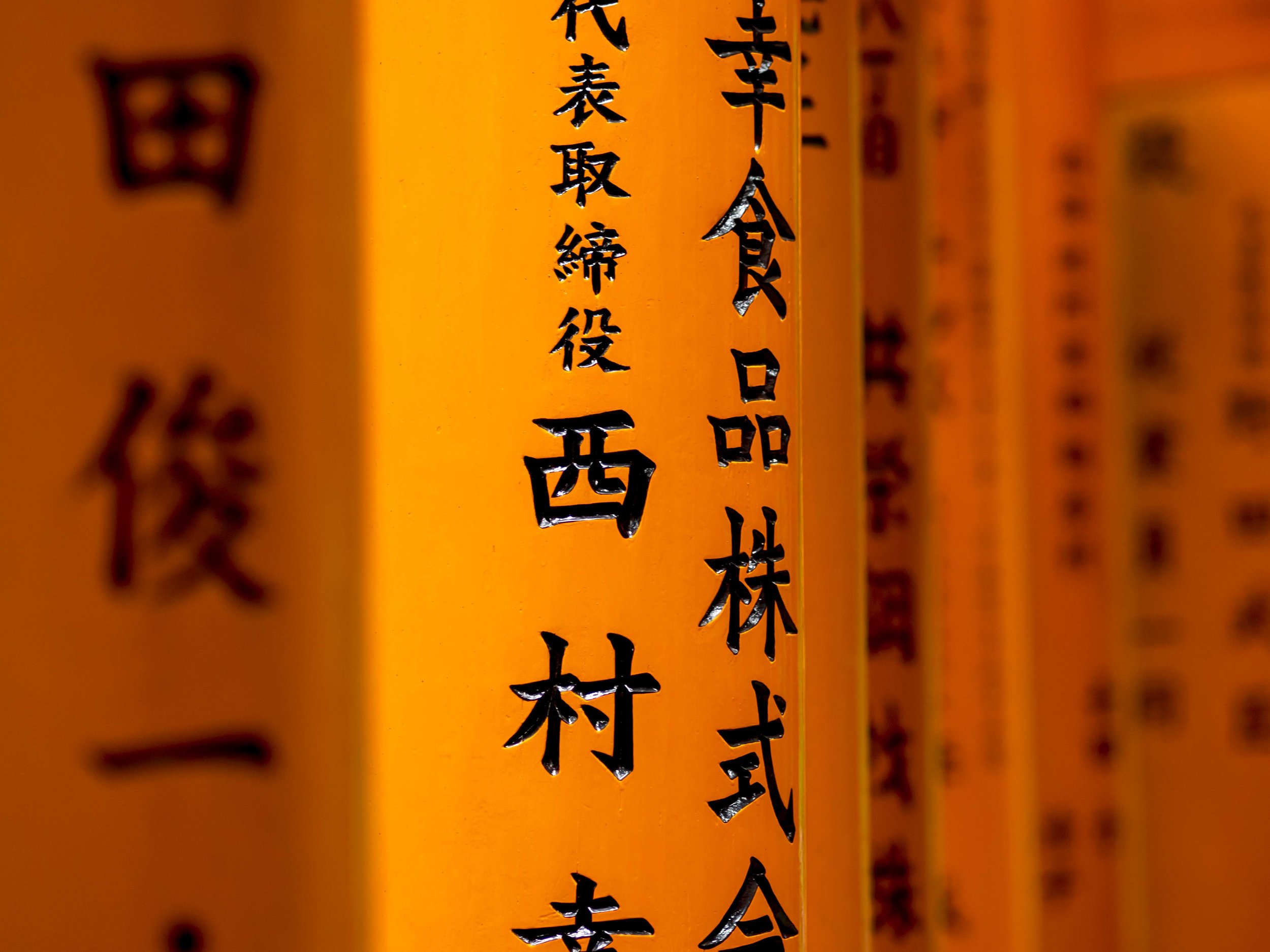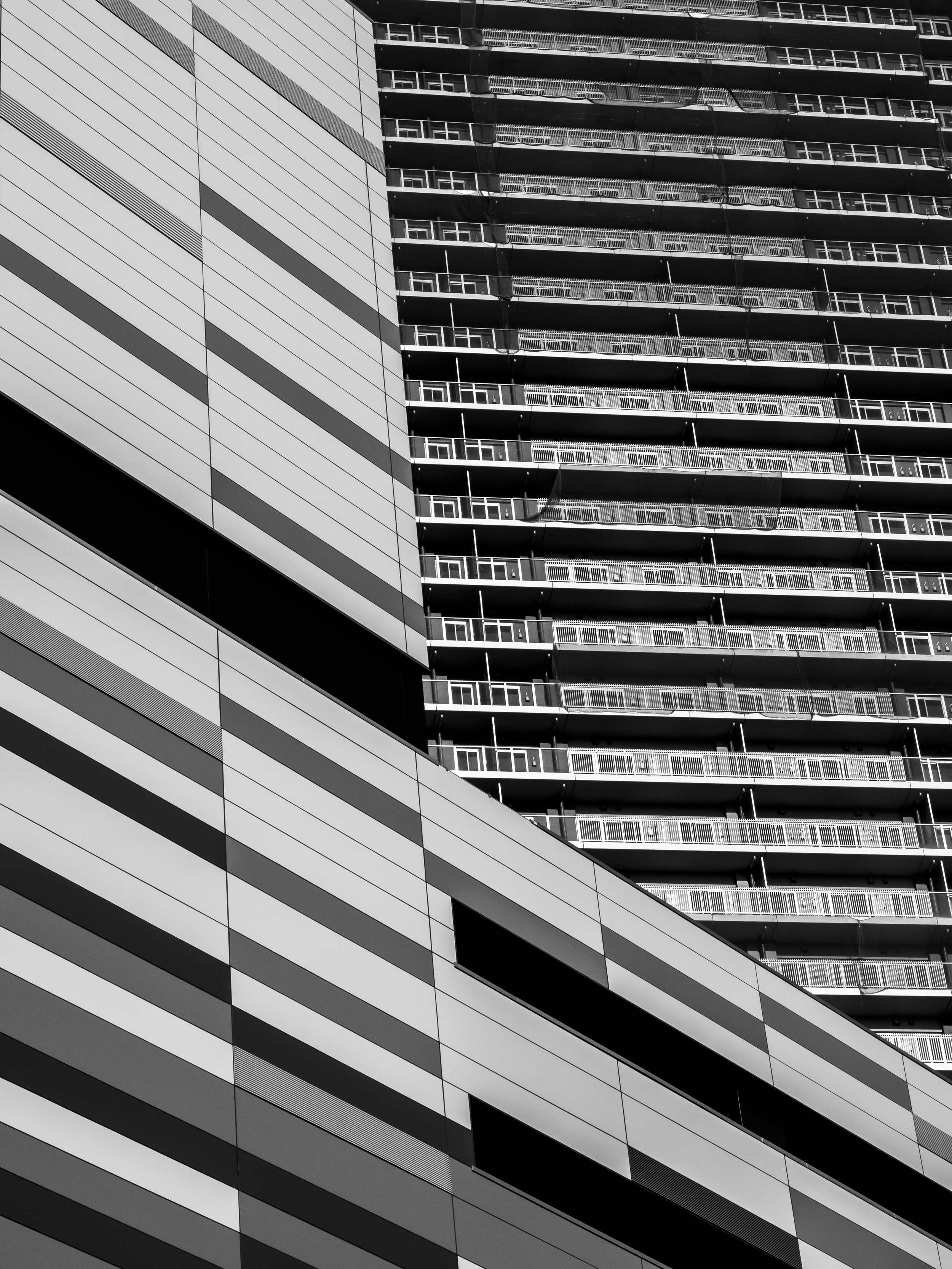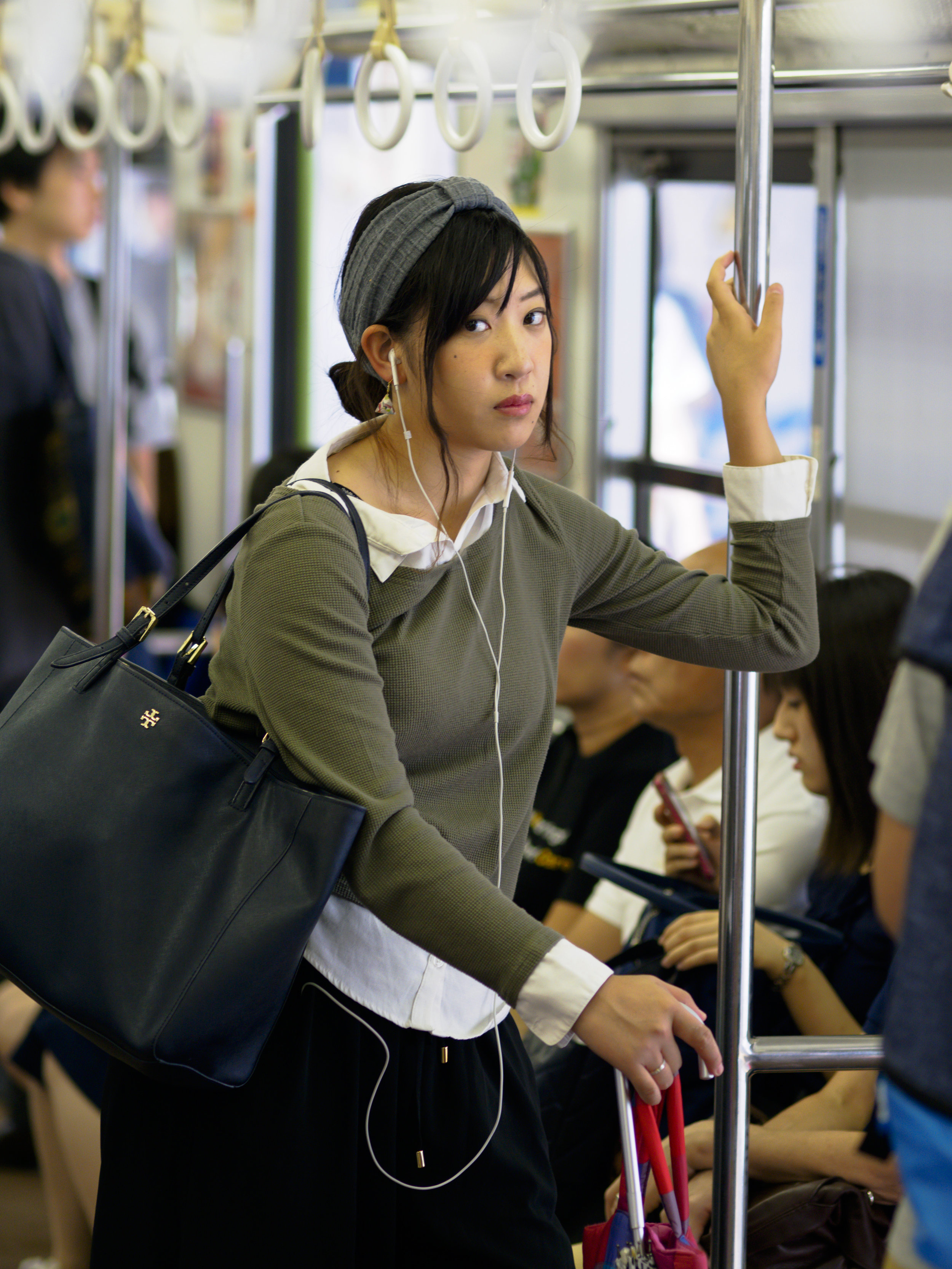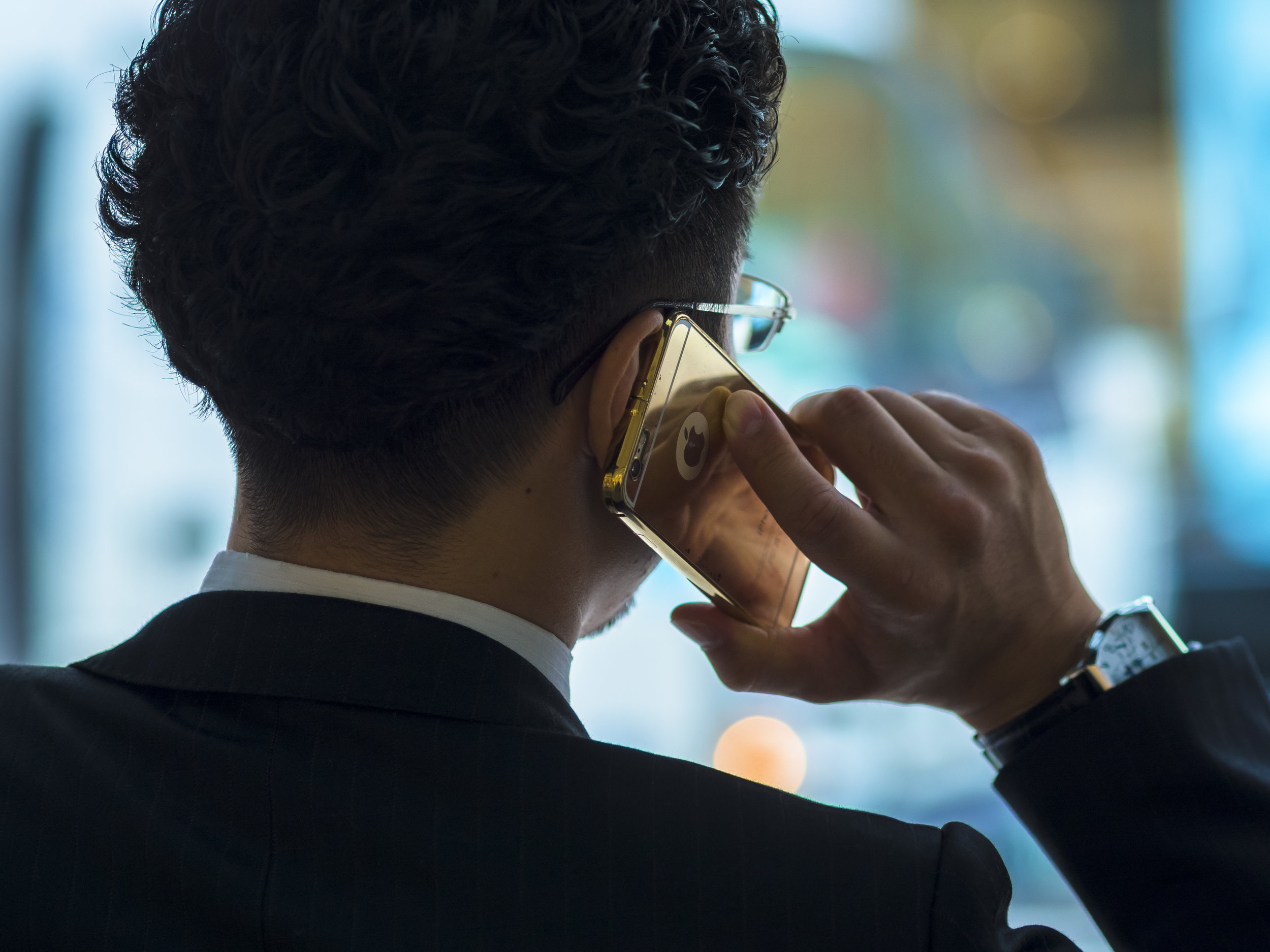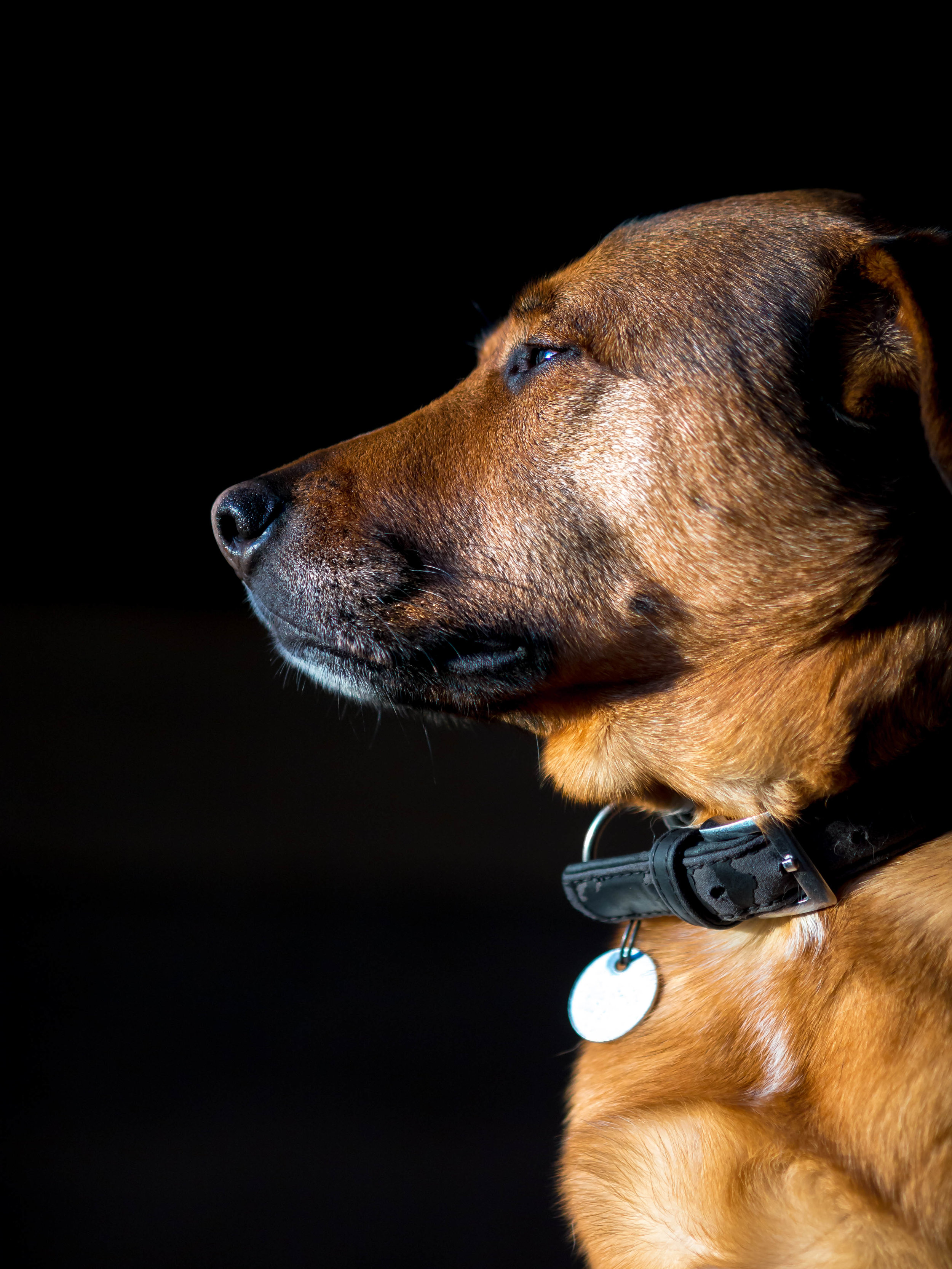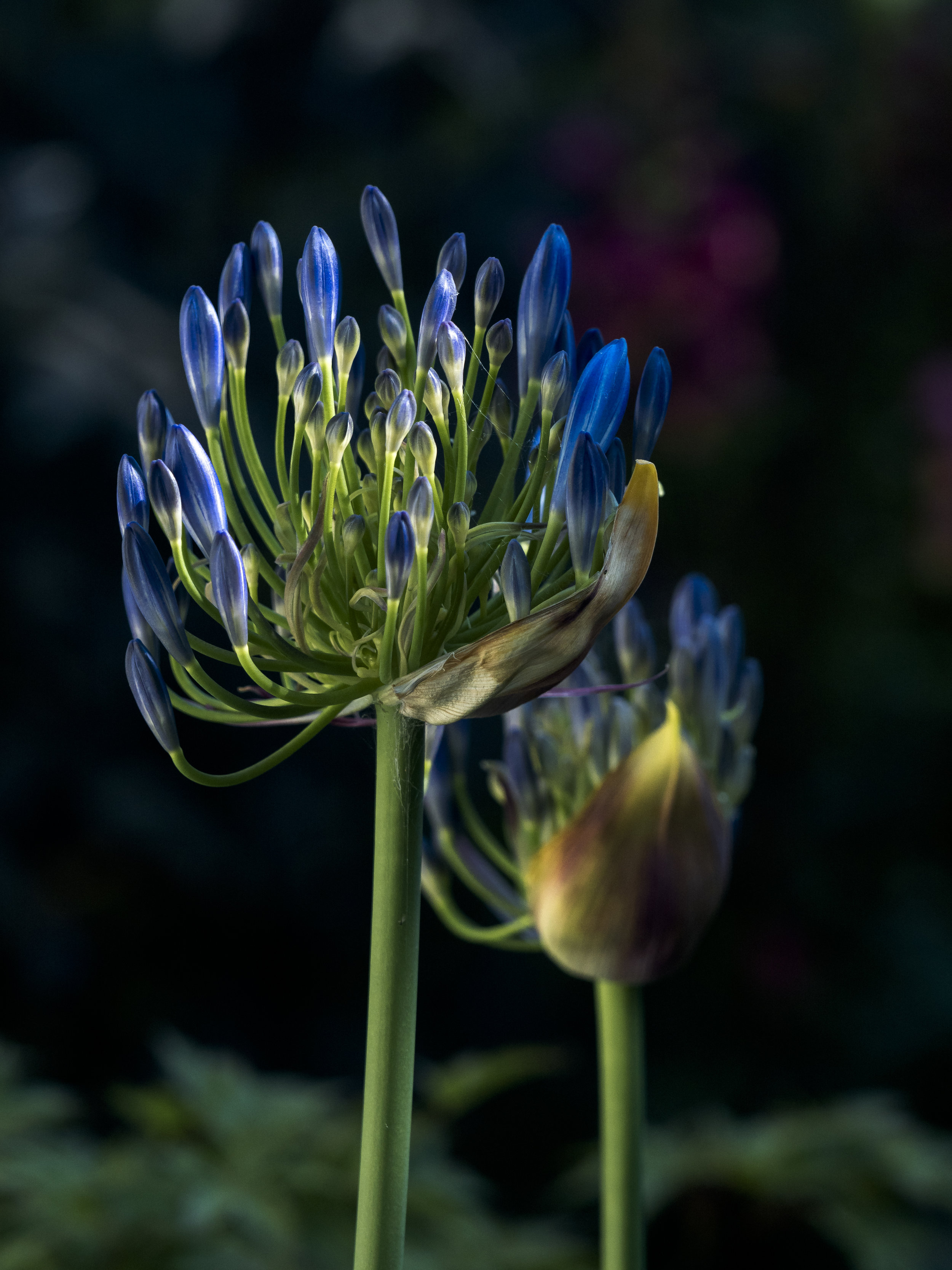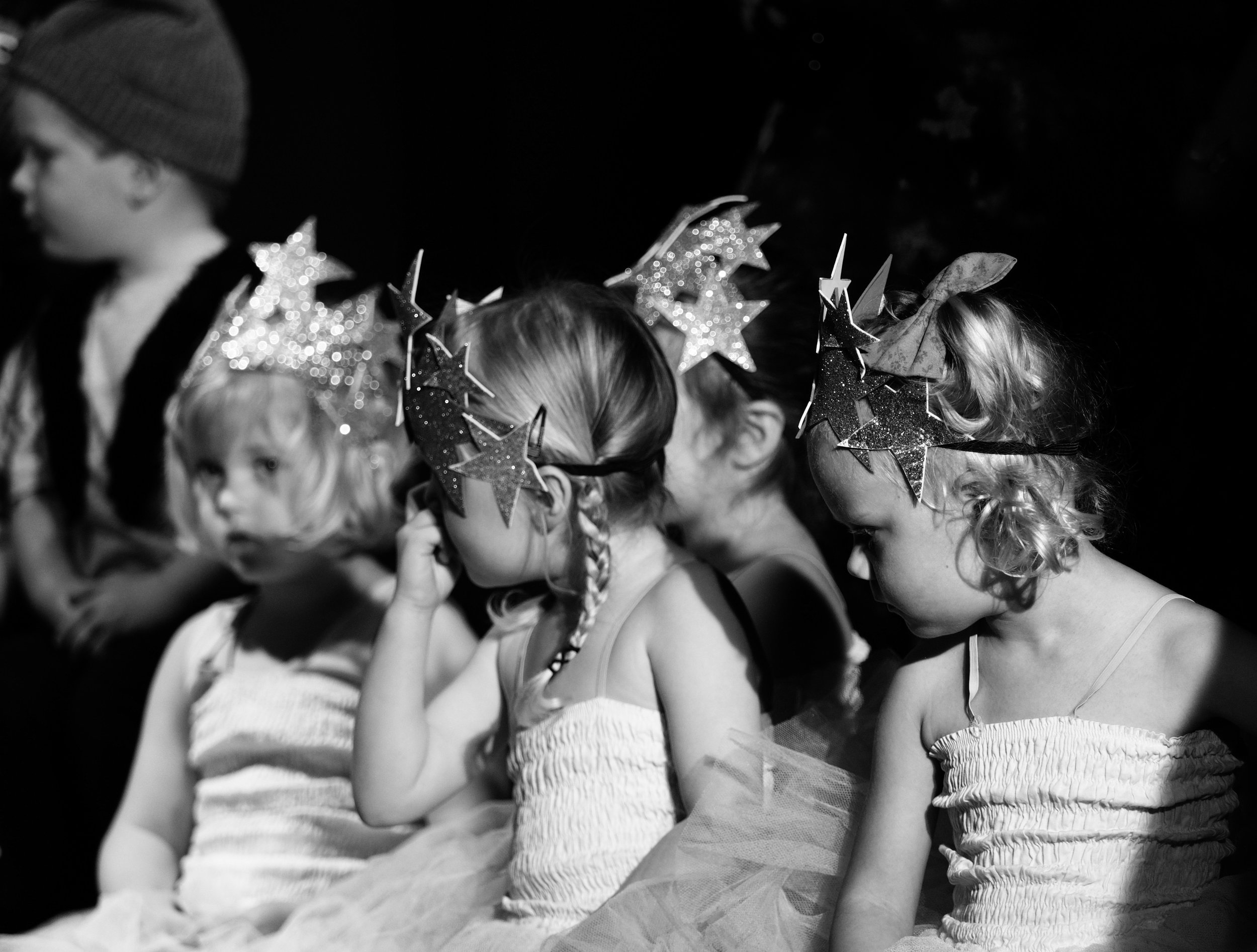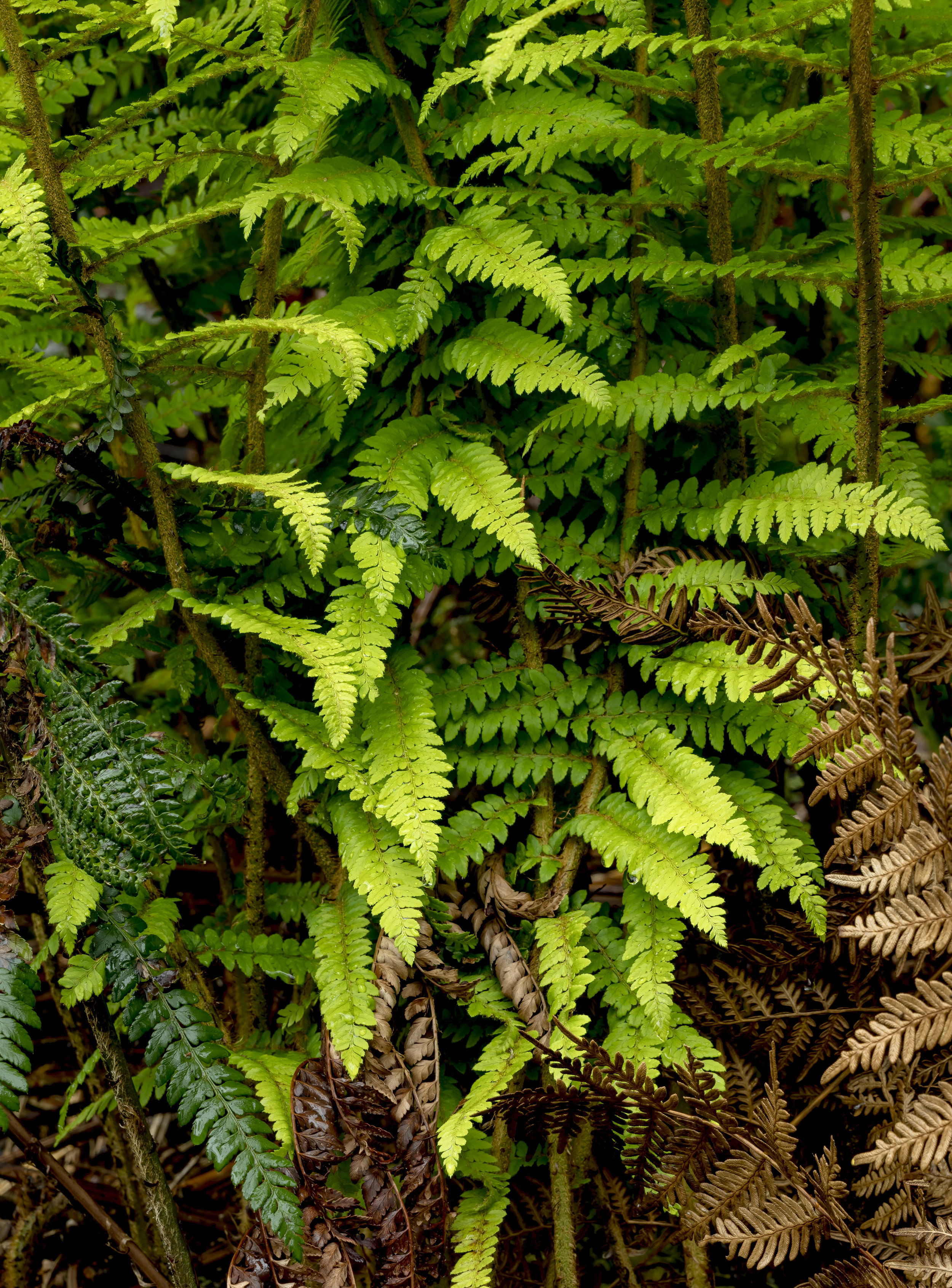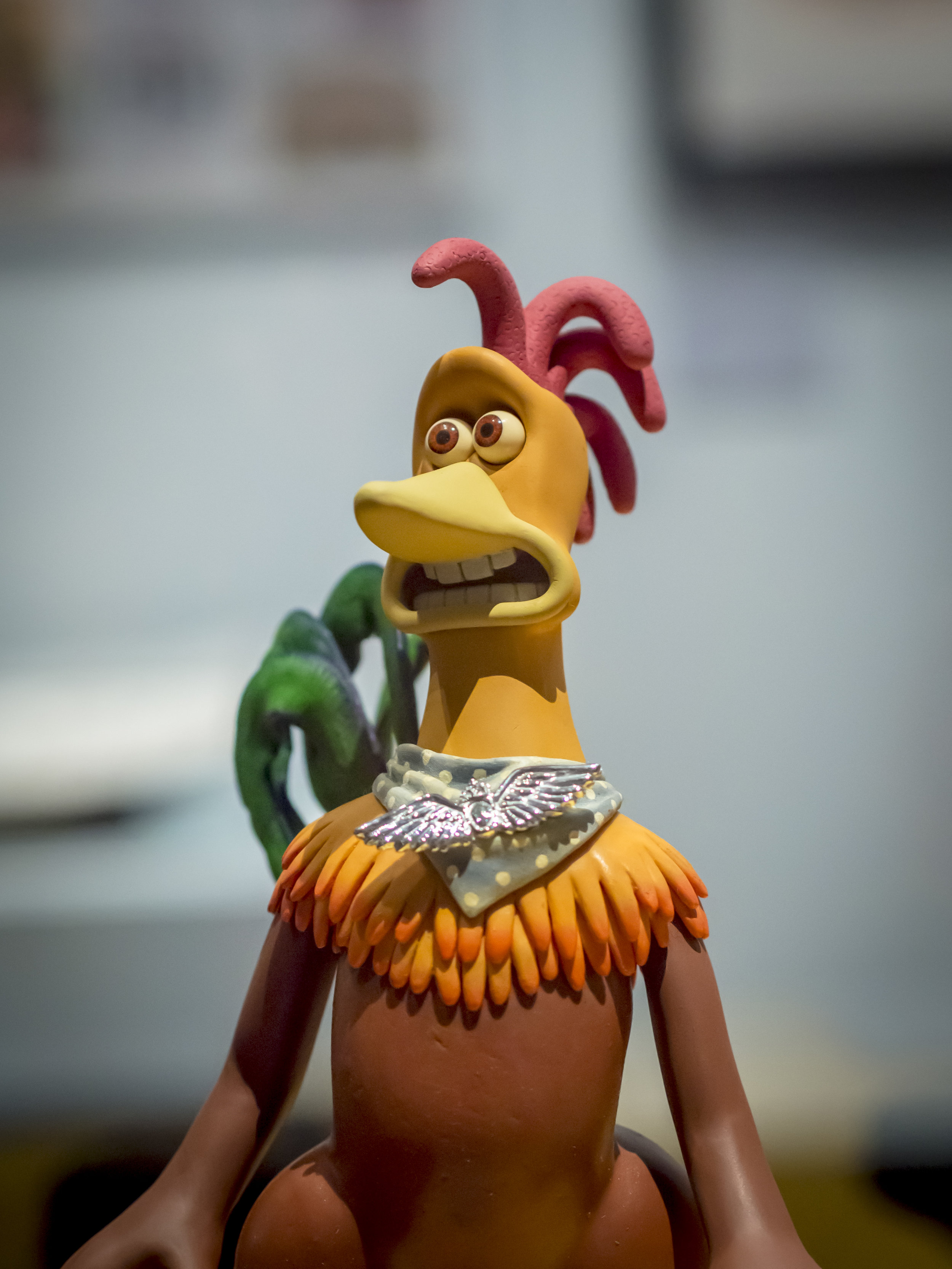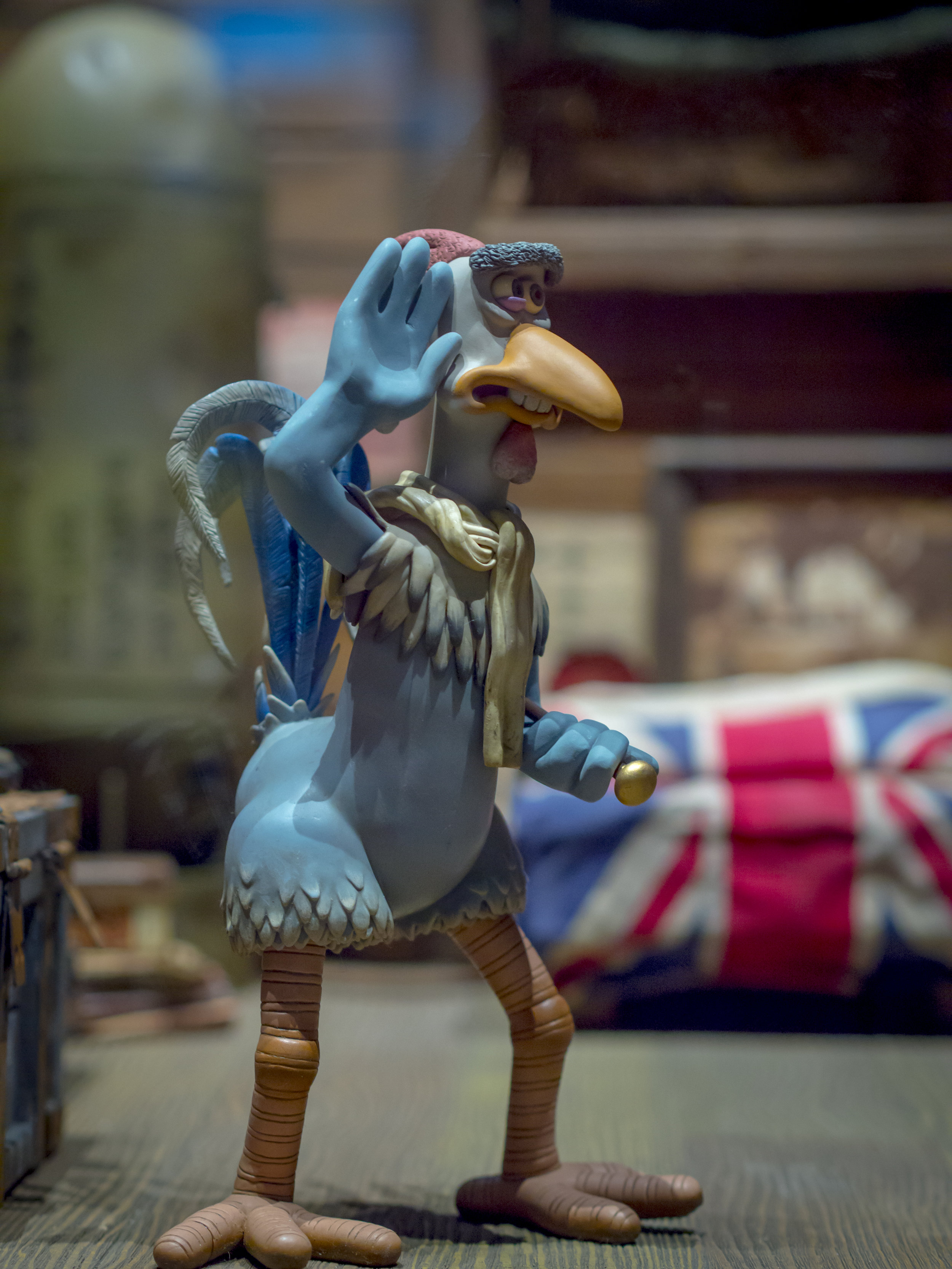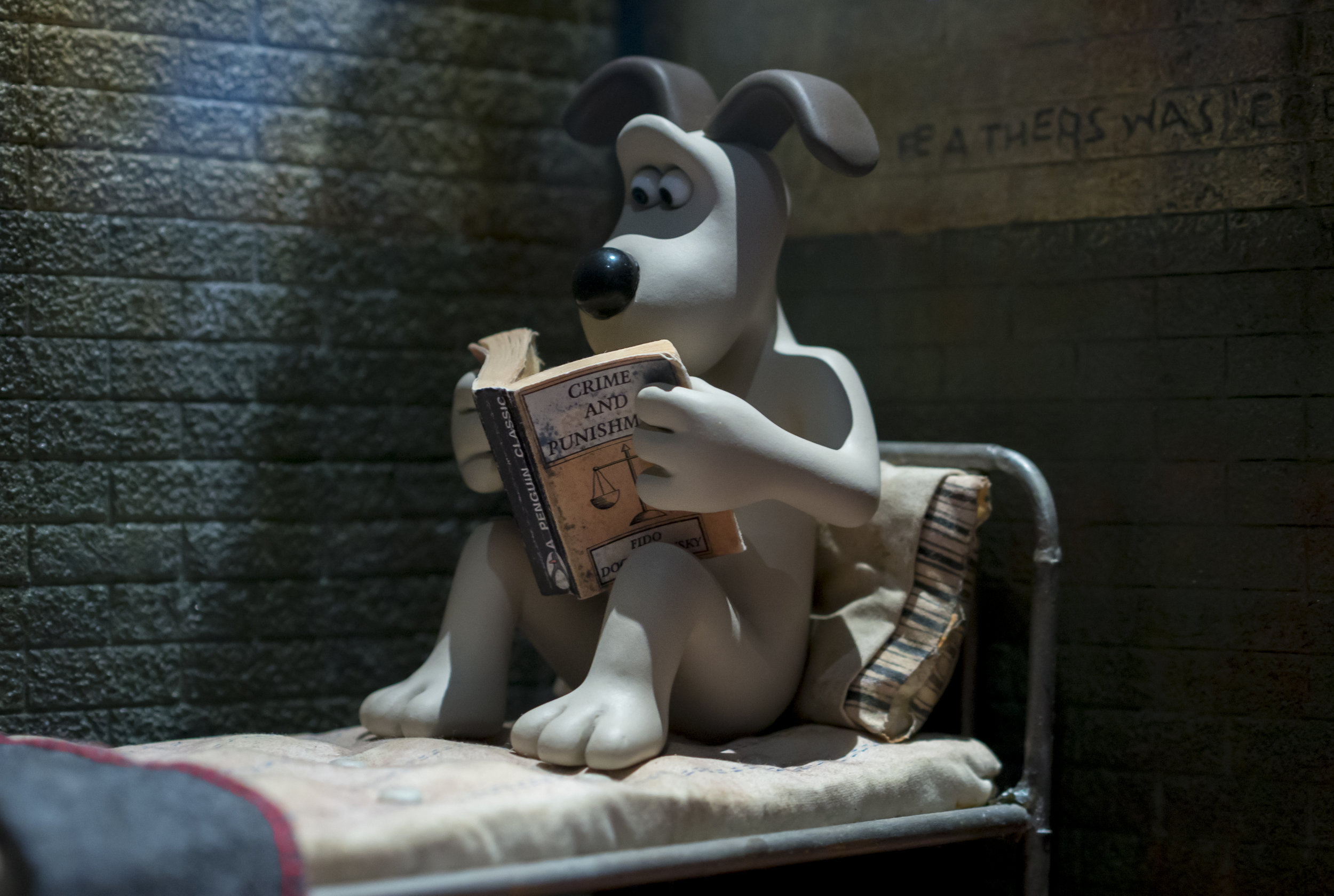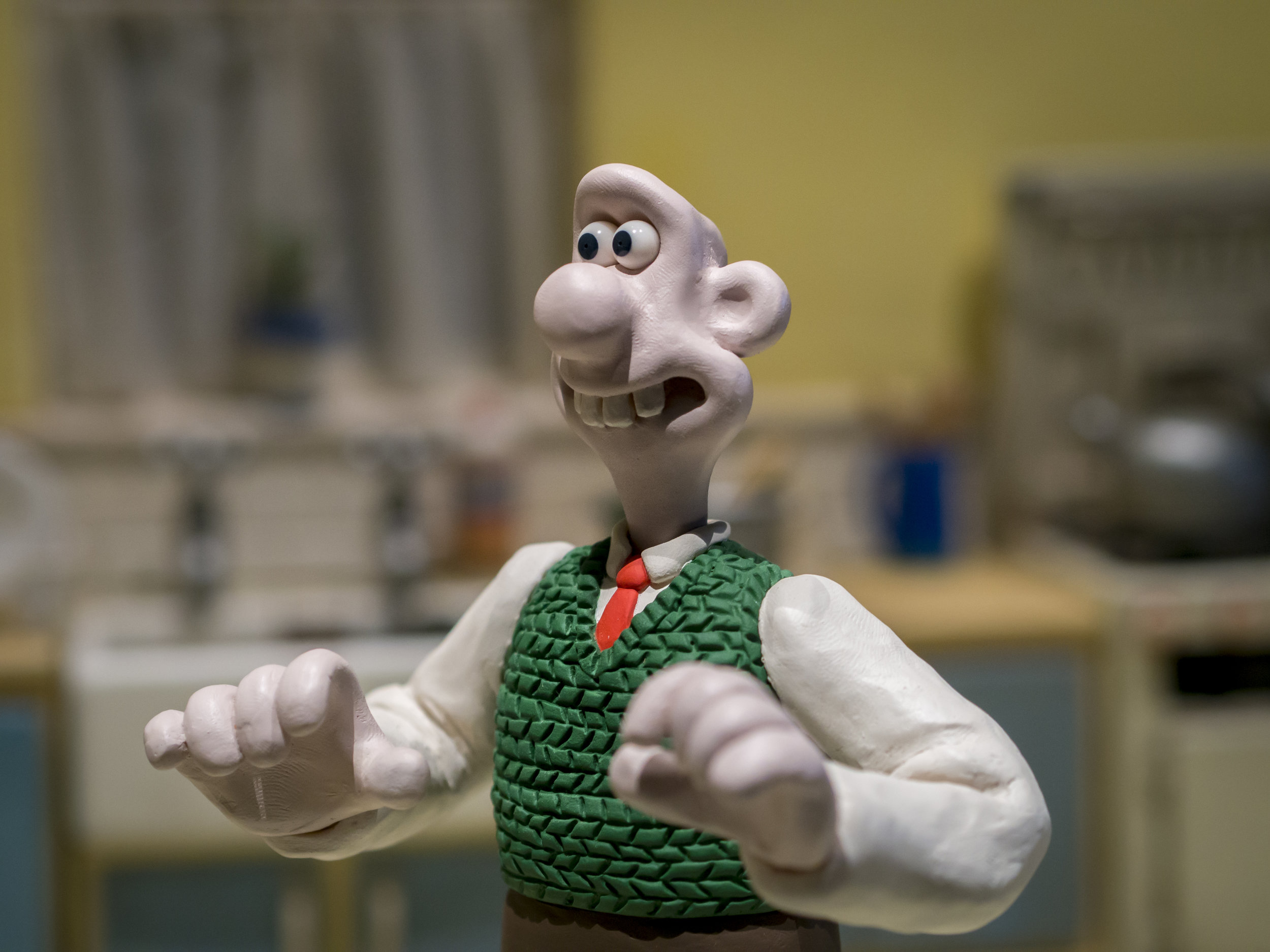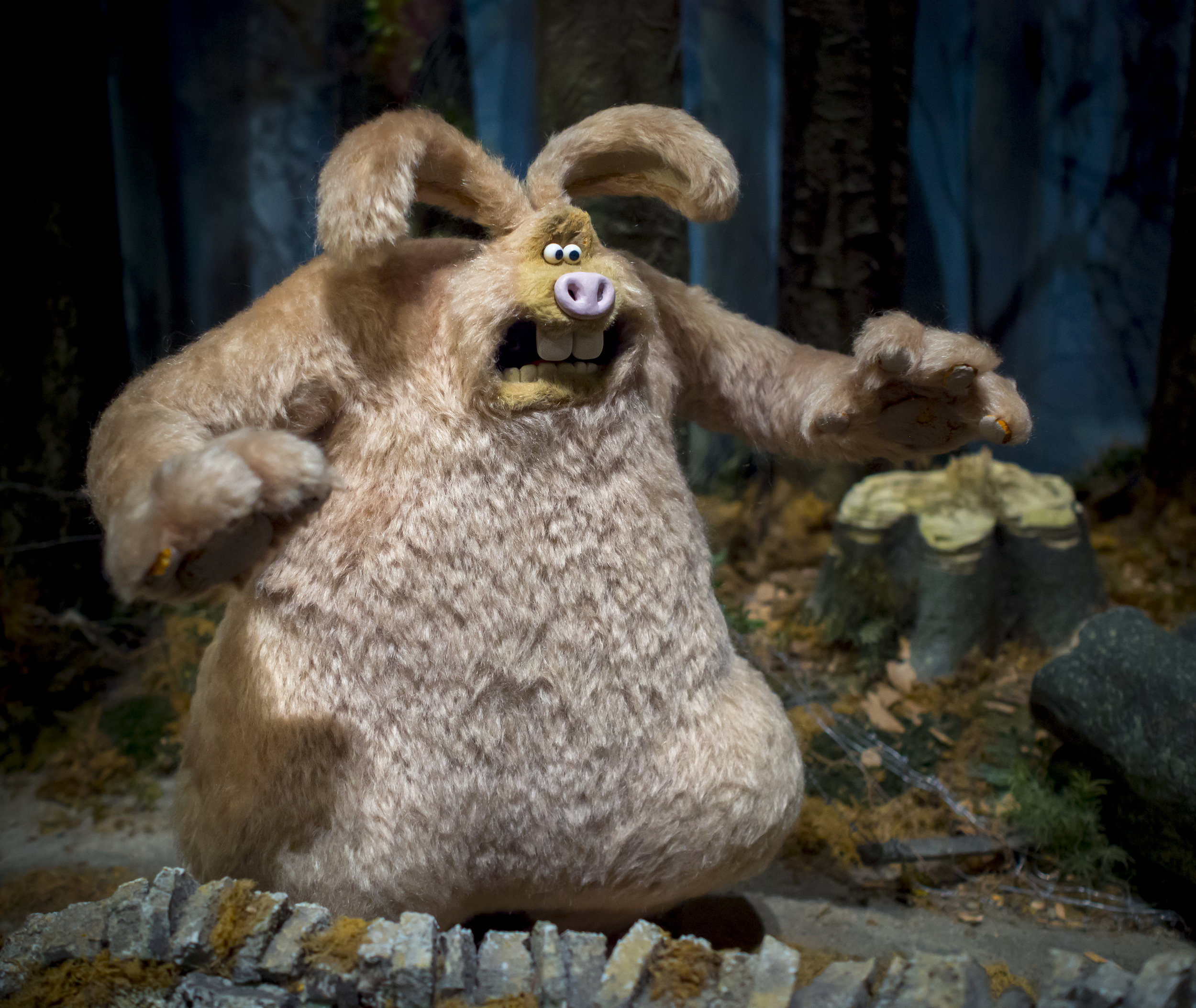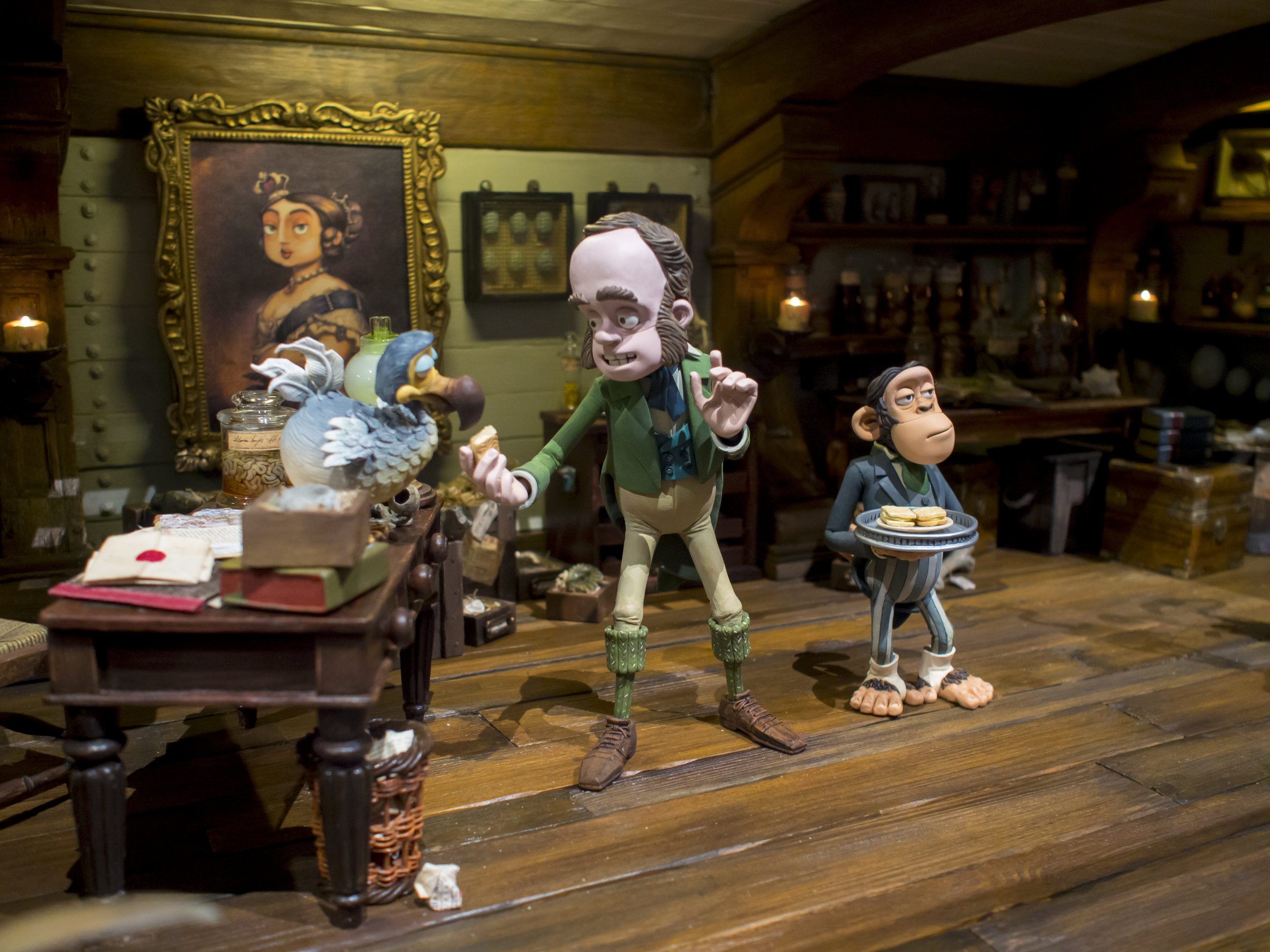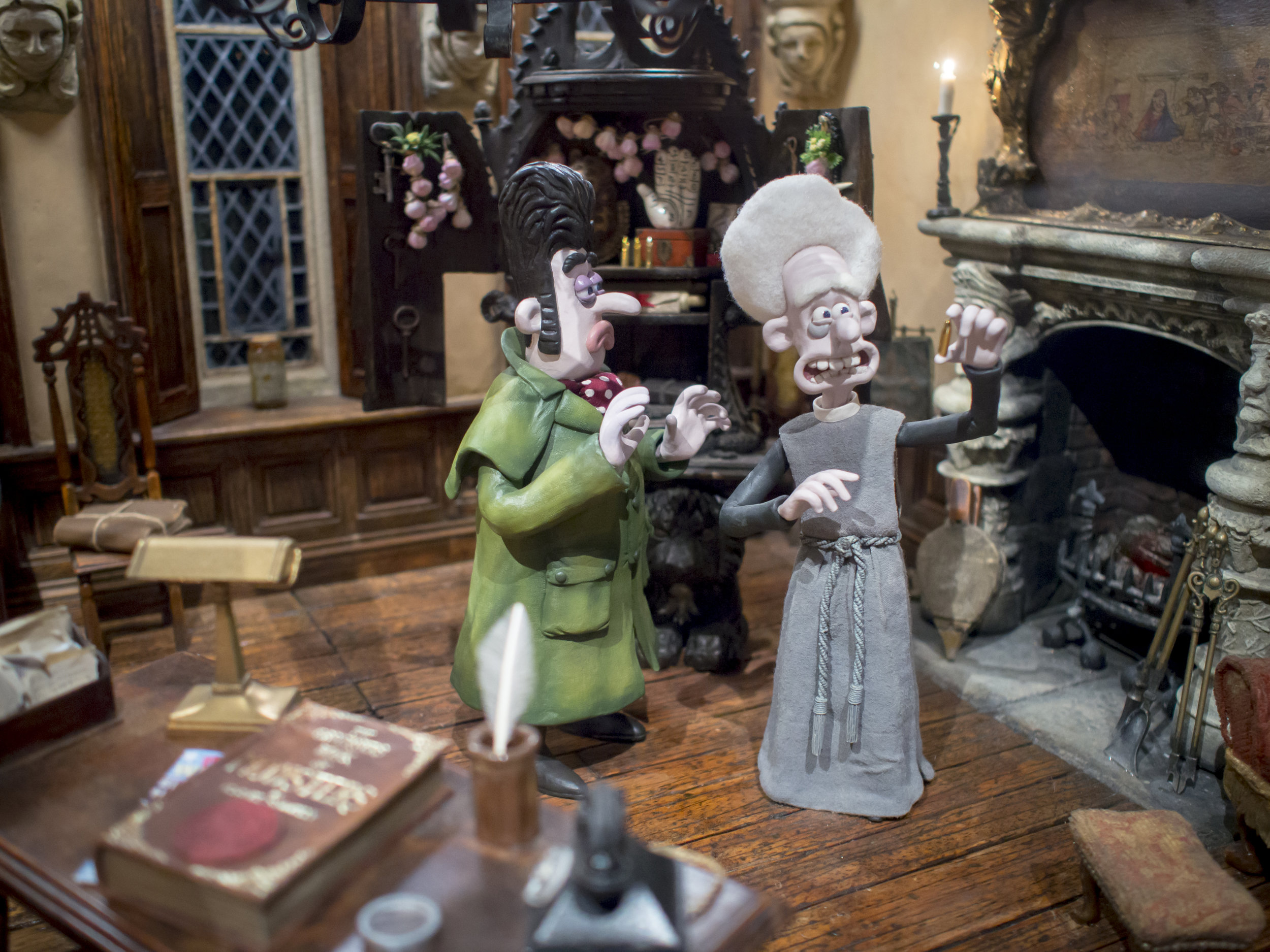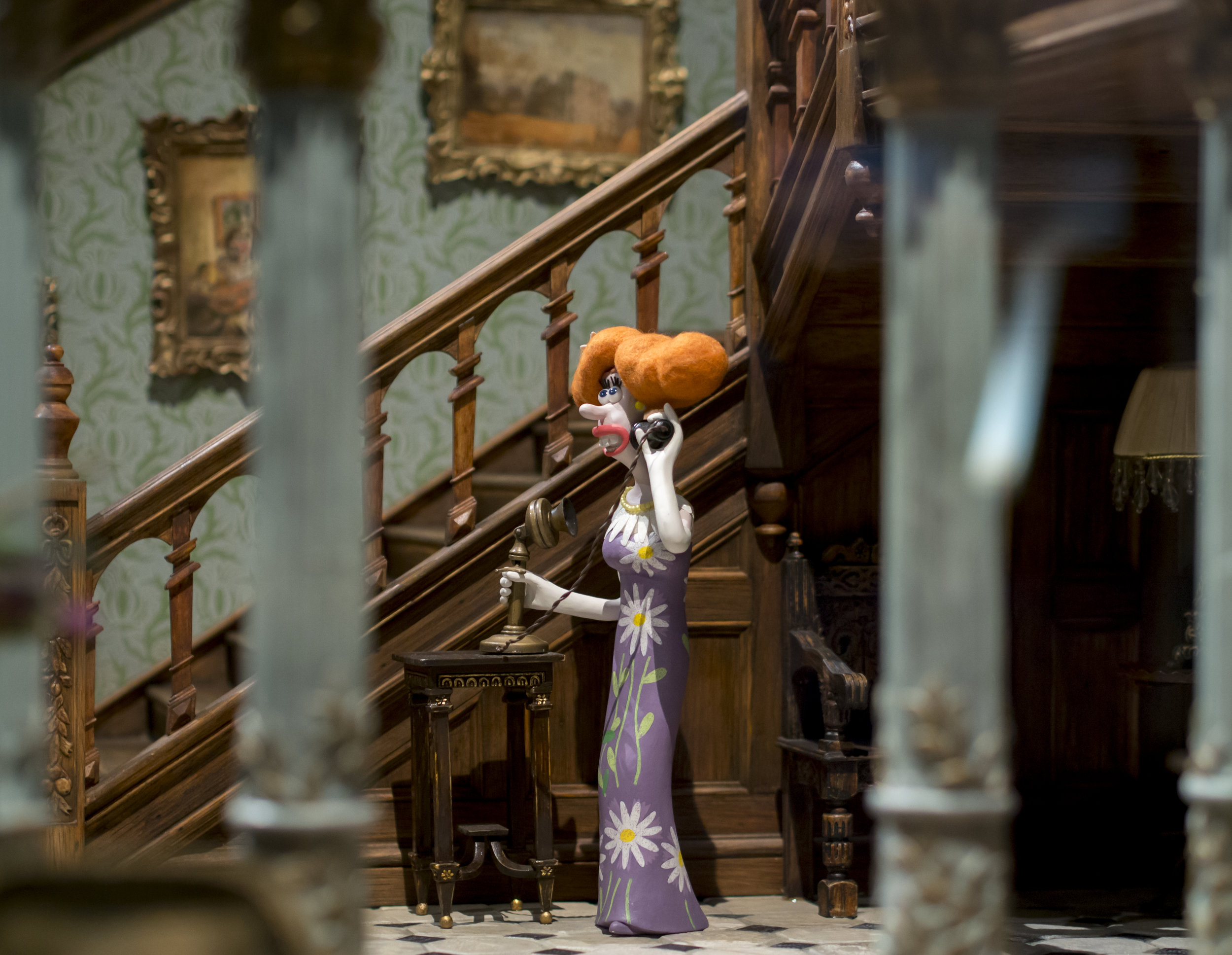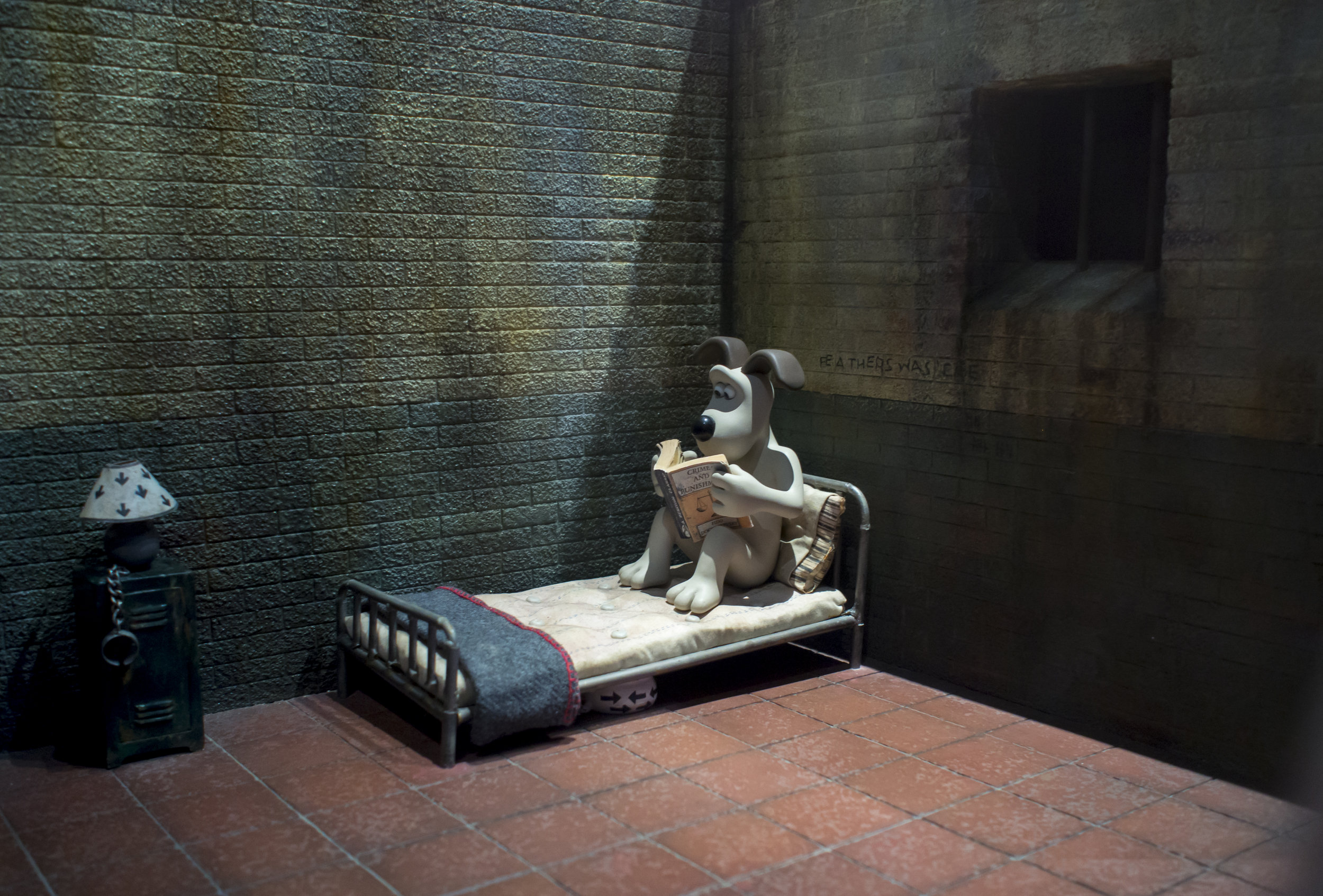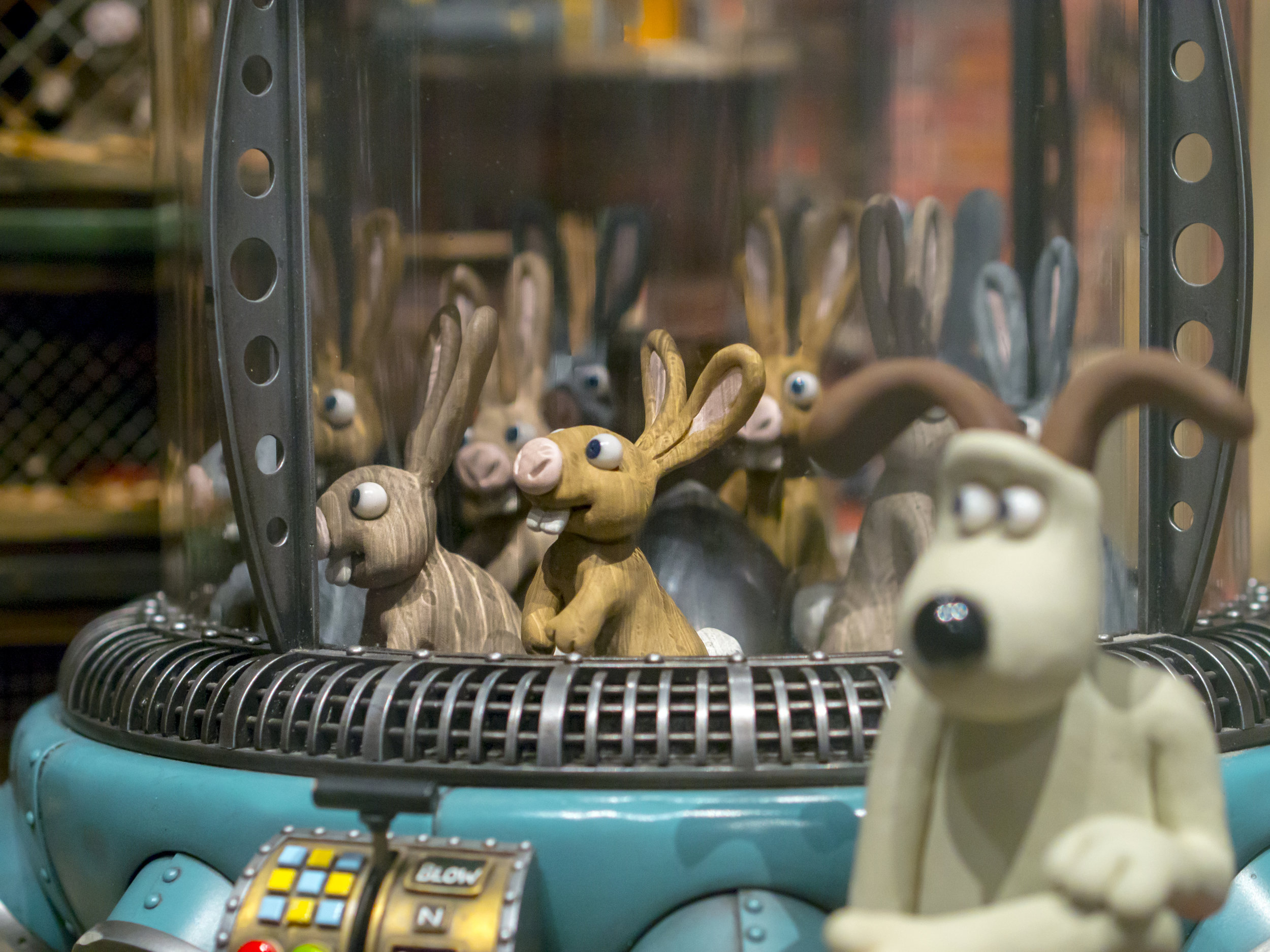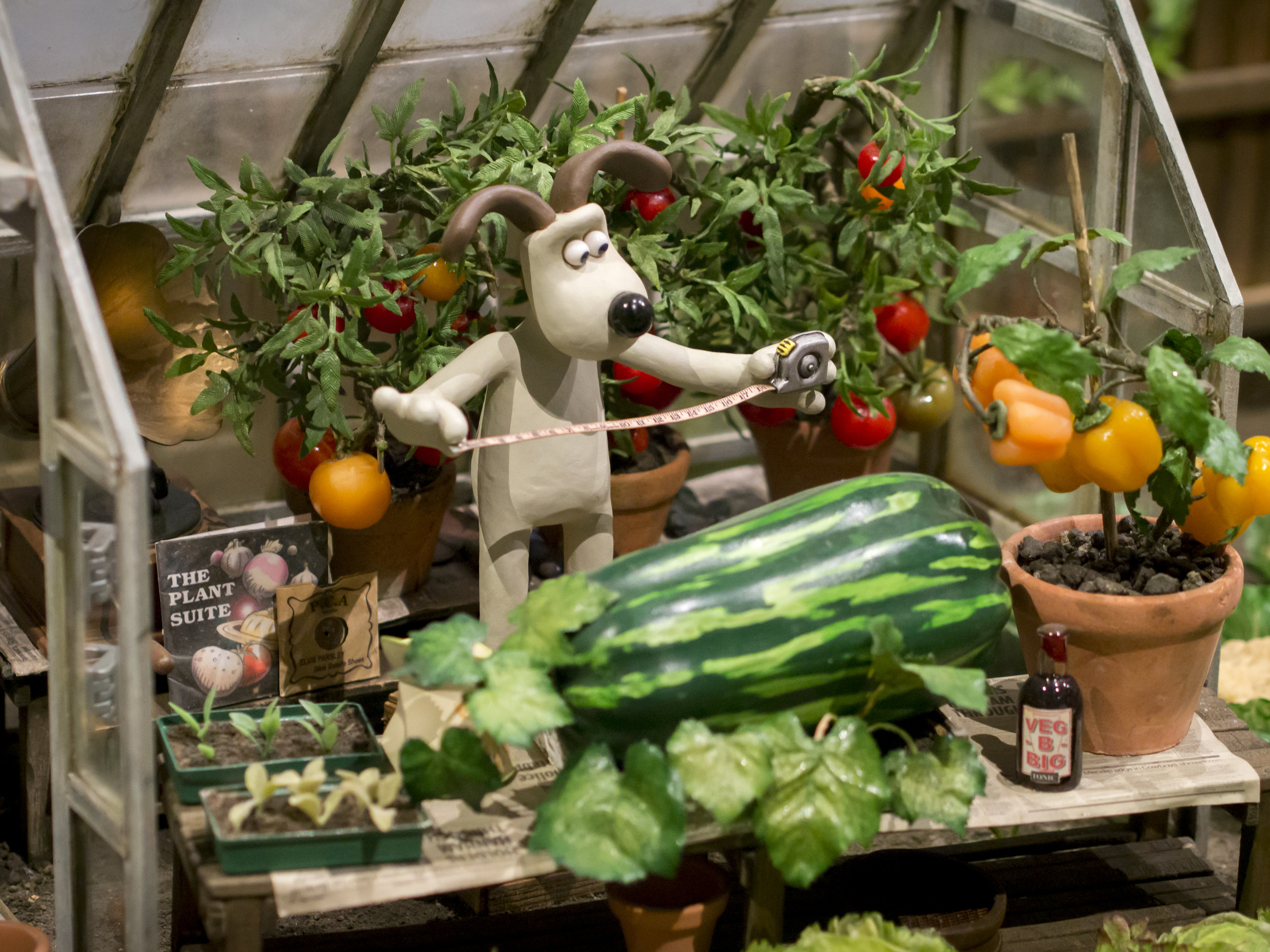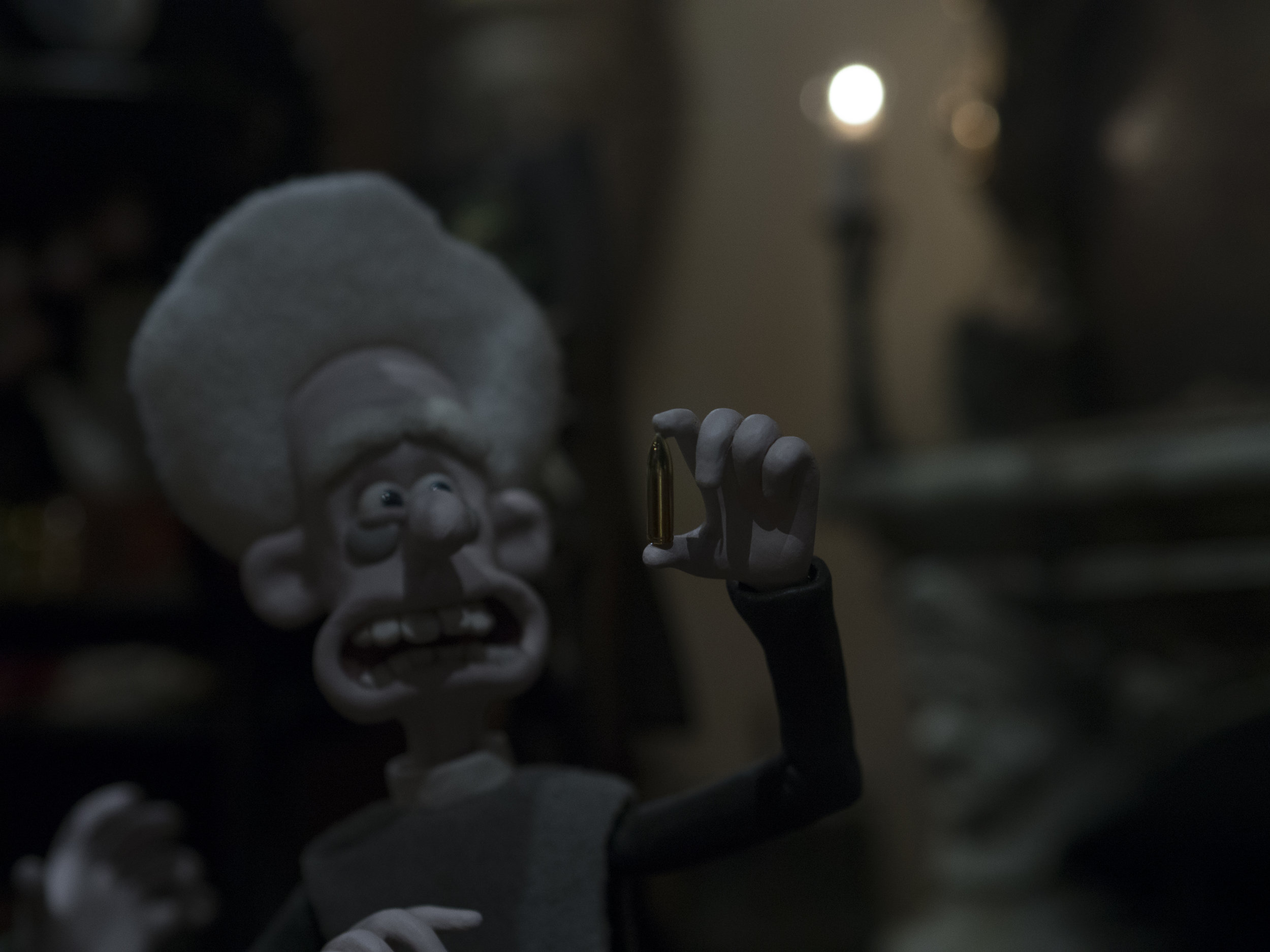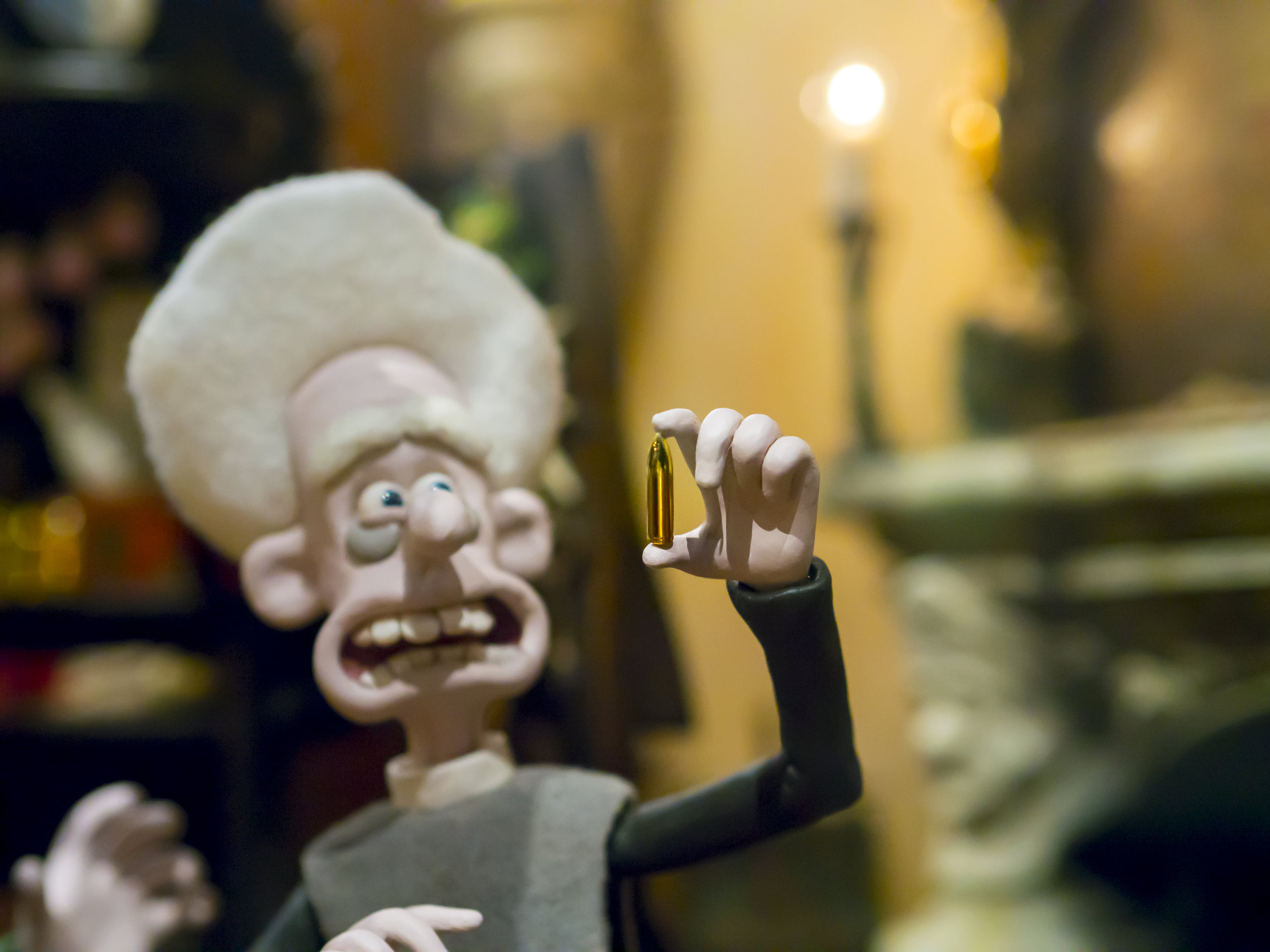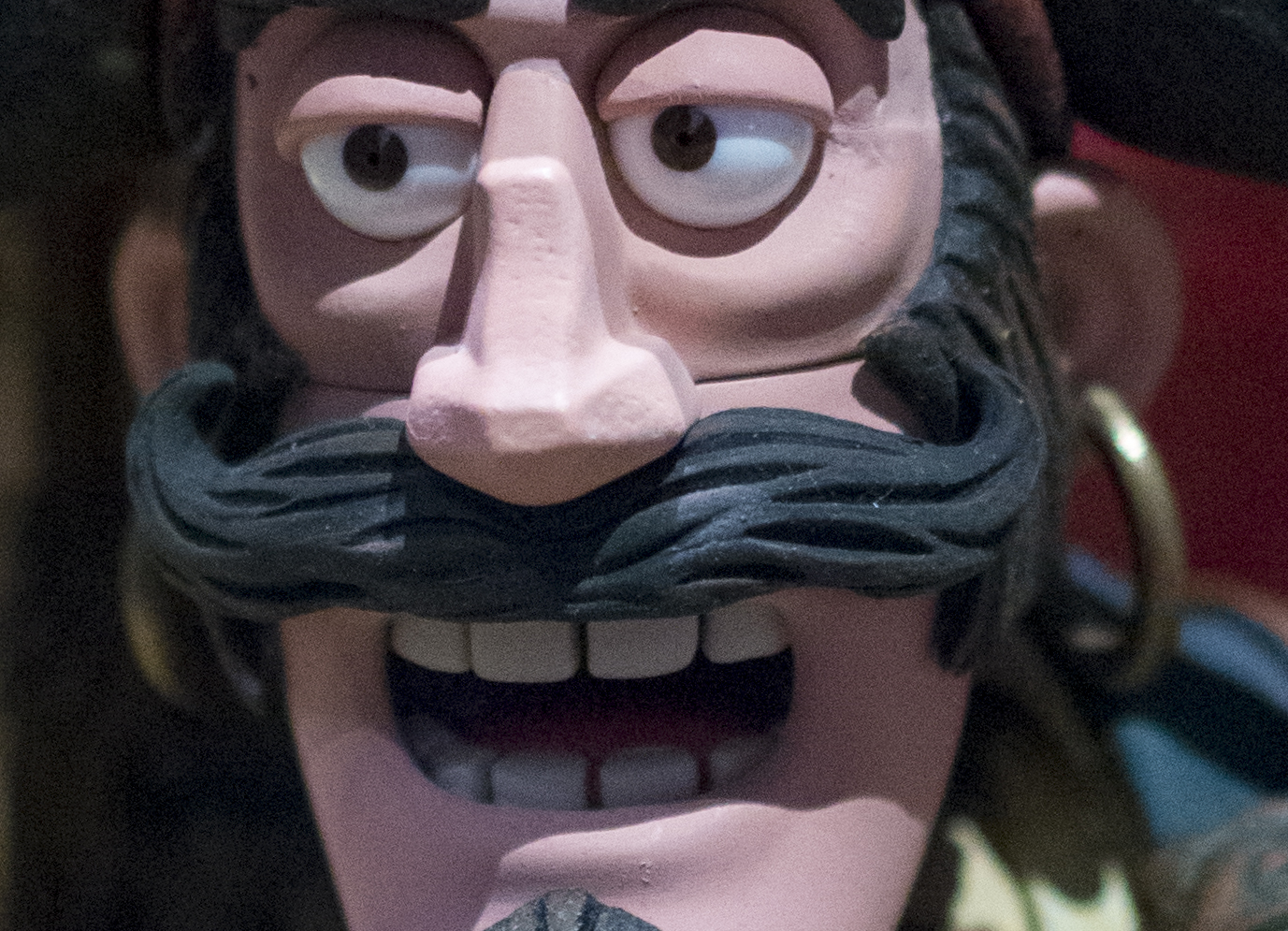I am coming out of the worst photographic slump I have ever been through. Over the years there have been down times, even a complete rejection of the art during the digital switch over, but never before have I wanted to find reason for doing it and been so wanting.
This is my third attempt at sharing this. The first was a desperate, bordering on wallowing cry for help, a need for understanding, but with some small hope.
The second post was far more despondent. I actually wanted to to let everything photographic go. Sure there was that little voice that warms us against rash behaviour, but the tug of war was a close thing. Funny thing though. As I explained my 30+ years of history, avid collecting of photographic books and magazines and obsessive reading of blogs (not to mention writing one), I started to see some glimmer of clarity, of resurrection.
A couple of hard truths came to the surface (denial being the water they were immersed in).
The first is that my obsession with gear has been equally as strong if not stronger than my love of the end product. It was almost a hobby all by itself* and it has to stop. My full attention needs to be on the end product, not the micro details of processes of getting there, which in my case goes for a lot of things. I no longer visit review sites. I have found them uninteresting for awhile now, even resenting the harm they can do to the very art they claim to support.
The second is that most of my interest lies in areas that are either "historical" or fringe. Neither of these are bad things. History has a habit of repeating, trends are short term, but core beliefs and tested processes are reasonably timeless in the same context. My own stubborn inability to follow what I call "flash trends", such as HDR or bad mono simulations will, I hope spare me from the creative time stamps that come with them. I can honestly say that my intent photographically has stayed true for most of my artistic life, even if the process has changed.
The fringe interests are both a tenacious holding on to the base values of street image making and at the same time an interest in new directions it can go, without falling into simplistic habits and again "flash trends". Street photography (broad definition) is the only form I can lay any claim to still loving. I will also proclaim a simmering hatred of the form as it is evolving, or not evolving and a matching inability to empathise with simplistic and derivative work. Yeah, I am a grumpy old man, don't let me near the young and impressionable, I may scare them off!
I am influenced, just like everyone else by those who have come before, but watch out which gods you worship. Set your standards high and don't follow low ideas like sheep. There is a massive tsunami of copy cat, excuse ridden work out there masquerading as good "street" photography.
The roots of street photography come from two distinct, but similar paths. The documentary shooter, capturing real life in the most invisible and natural way and the genuine street photographer, effectively doing the same thing, but with different motivations.
What does a lot (not all) of the newer work often lack that the older shooters felt was at the very foundation of their work? Empathy with their surroundings, genuine contact and understanding, respect of subject, patience to see deeper, relevance to time and place, originality through compositional excellence and an ability to tell a story. Like disconnected mobile phone users, these anonymous image takers drift through a scene grabbing tid-bits of often technically poor work and passing all their mistakes off as "part of the art".
Let me be clear, before this becomes too rantish, there are many good shooters out there who understand and immersed themselves in their subject (Kate Kirkwood, Jan Meissner, John Kennerdell, Fred Herzog, Martin Parr and William Eggleston immediately come to mind). There are also many who, just as we do in many things in modern life, glance superficially over things without deeper commitment, but through social media gain notoriety above their deserved skill. They may put in a lot of effort, but it is not commitment. Treading the pavement for hours, hoping for a lucky coincidence or trick of fate is not always enough.
Still your mind, watch and wait for as long as it takes, shoot when all the elements have aligned, repeat.
Do I do this?
No, not really, or at least not lately. If I am going to work my way out of my personal slump, I need to revisit my roots and rediscover these timeless truisms. One of the reasons I have cut landscape photography out of my work is I have known for a long time I no longer have the patience to do it well.
As for my investigation of new directions? There are those who, staying true to the core needs of documentary/street photography, have managed to stretch it's boundaries. They are not changing the definition of process, but rather the subject matter. Sam Abel, Kate Kirkwood and many others take the same values that make a good body of street work and apply them to non stereo-typical subjects. Kirkwood's "streets" for example are country lanes, her buildings are a cows back in abstraction and her people are often farm animals. Abel's work crosses the boundary between true documentary and street imaging, becoming quieter, deeper than most street images and Meissner creates a stage from the streets of New York, passing people as the actors.
What is my Spark Joy moment? I am looking at all of my processes, external influences and habits and questioning them. Anything not productive or useful is going. This goes for gear, images and books.
End of (hopefully a not too negative) rant.
*Ironically, it was often gear hunting that spurred me on when otherwise photographically disinterested.






